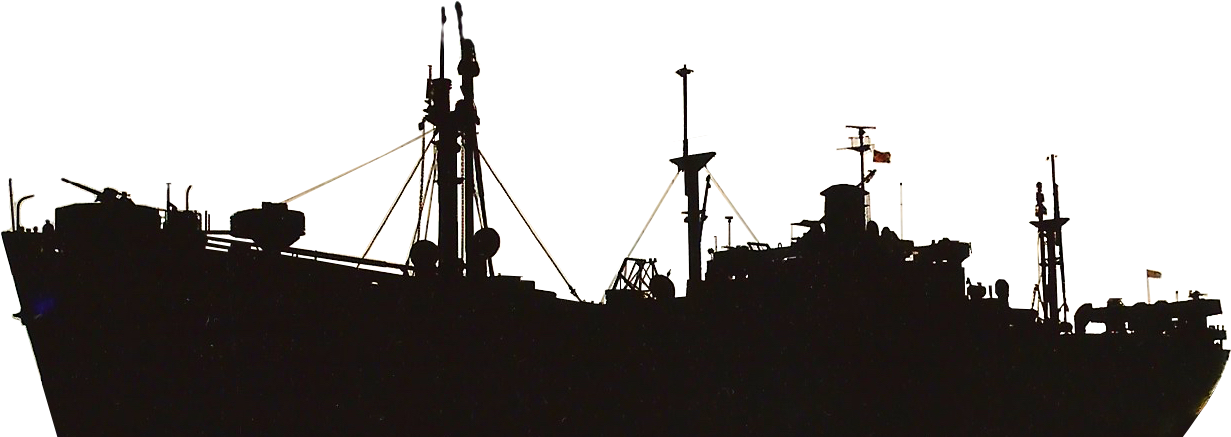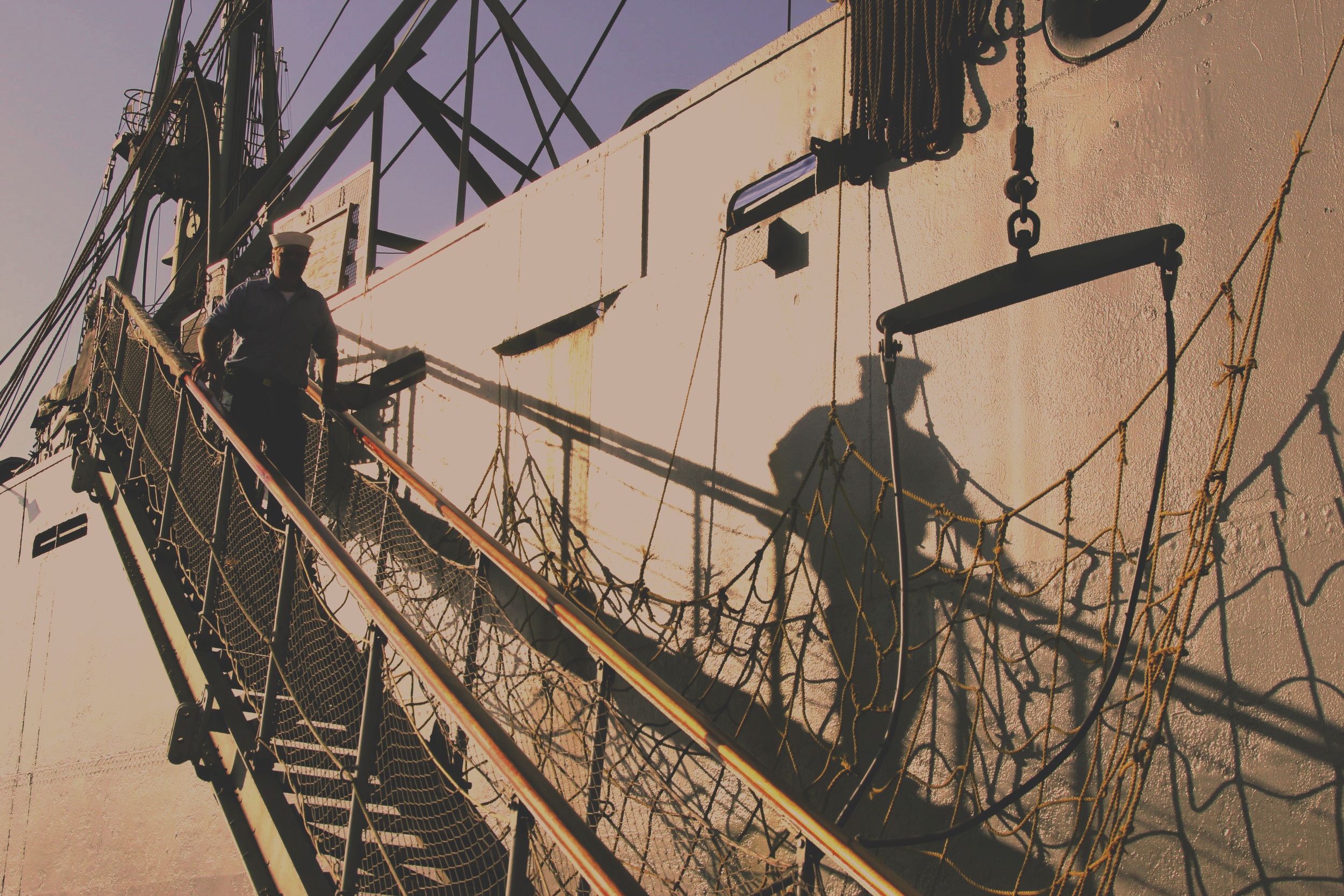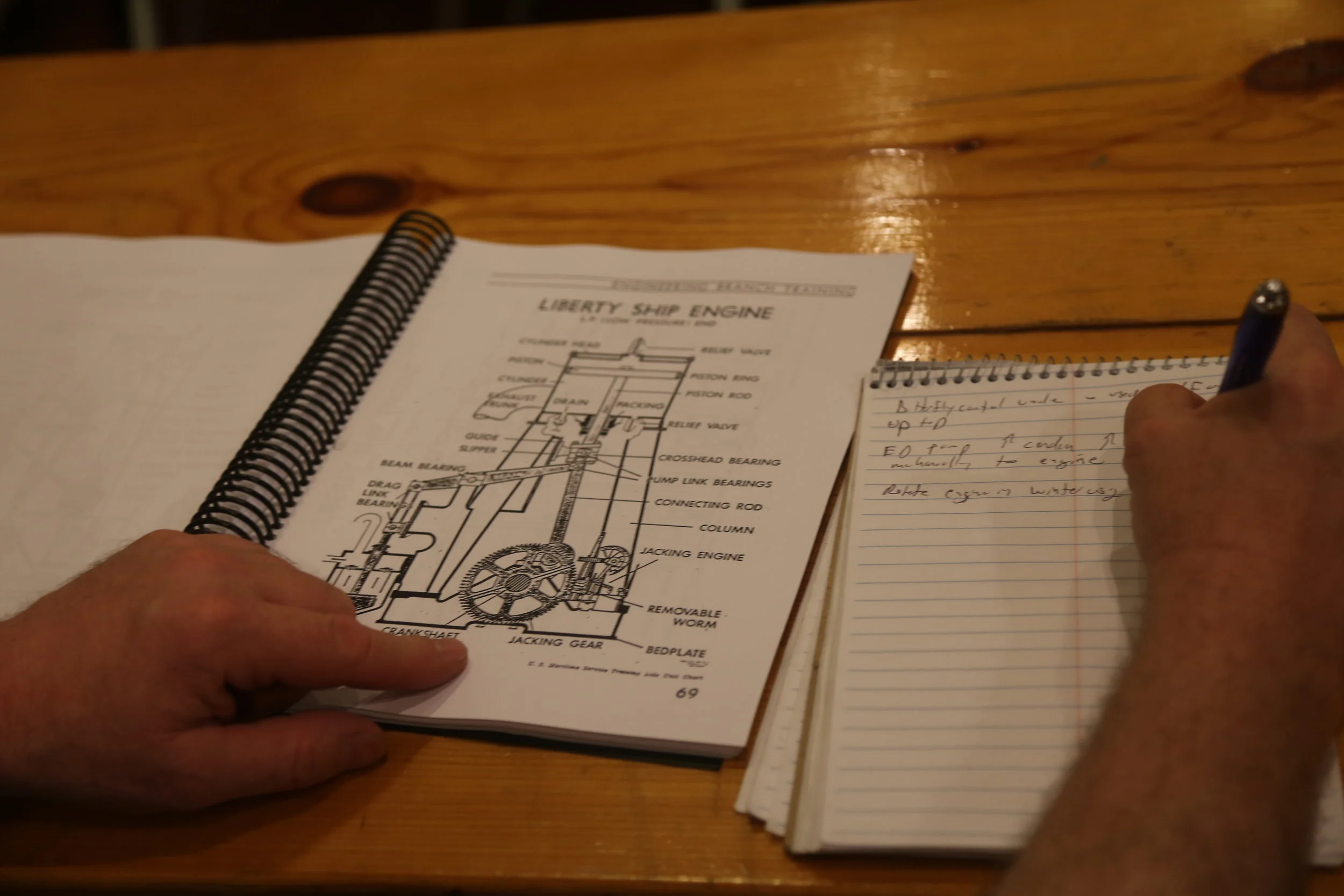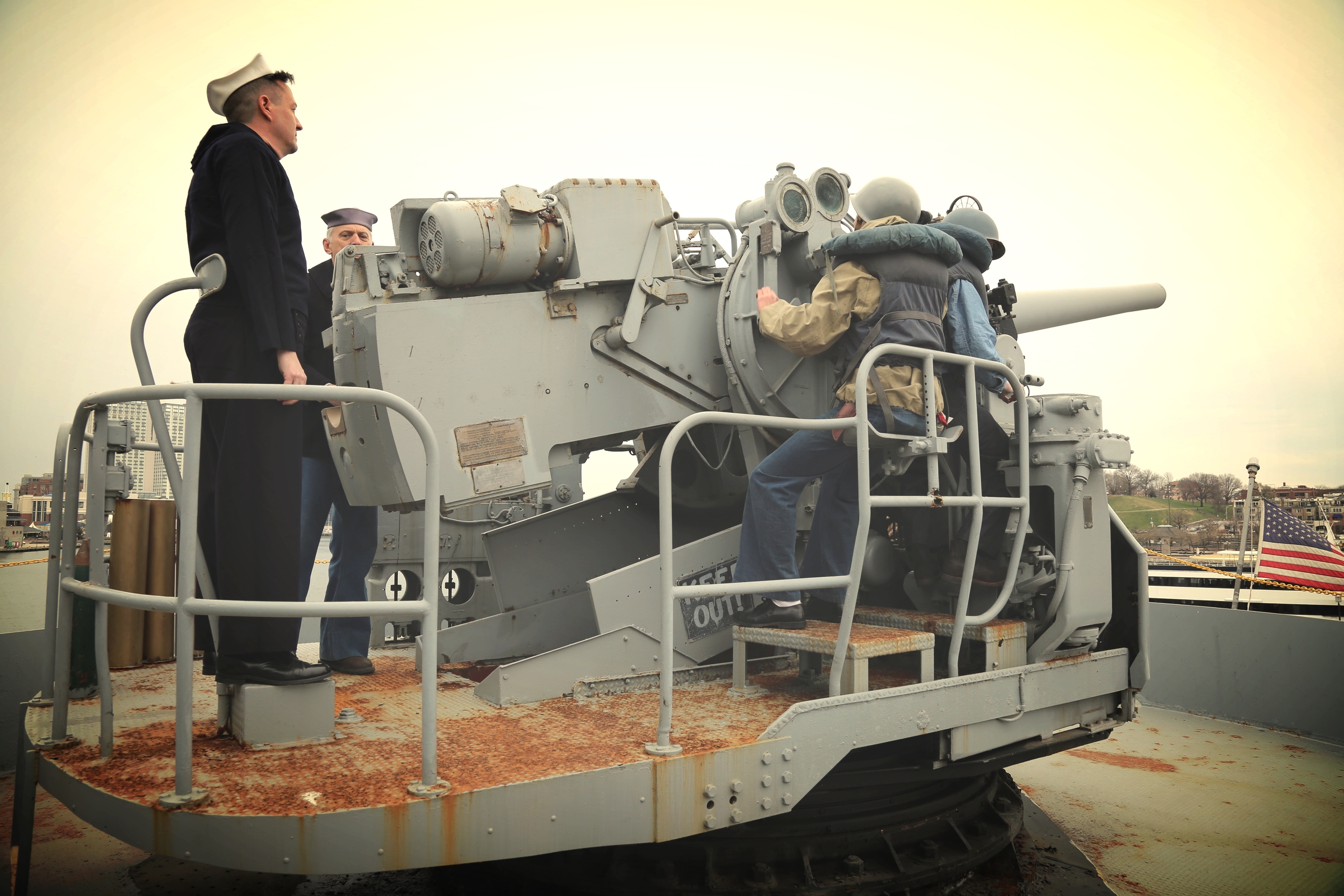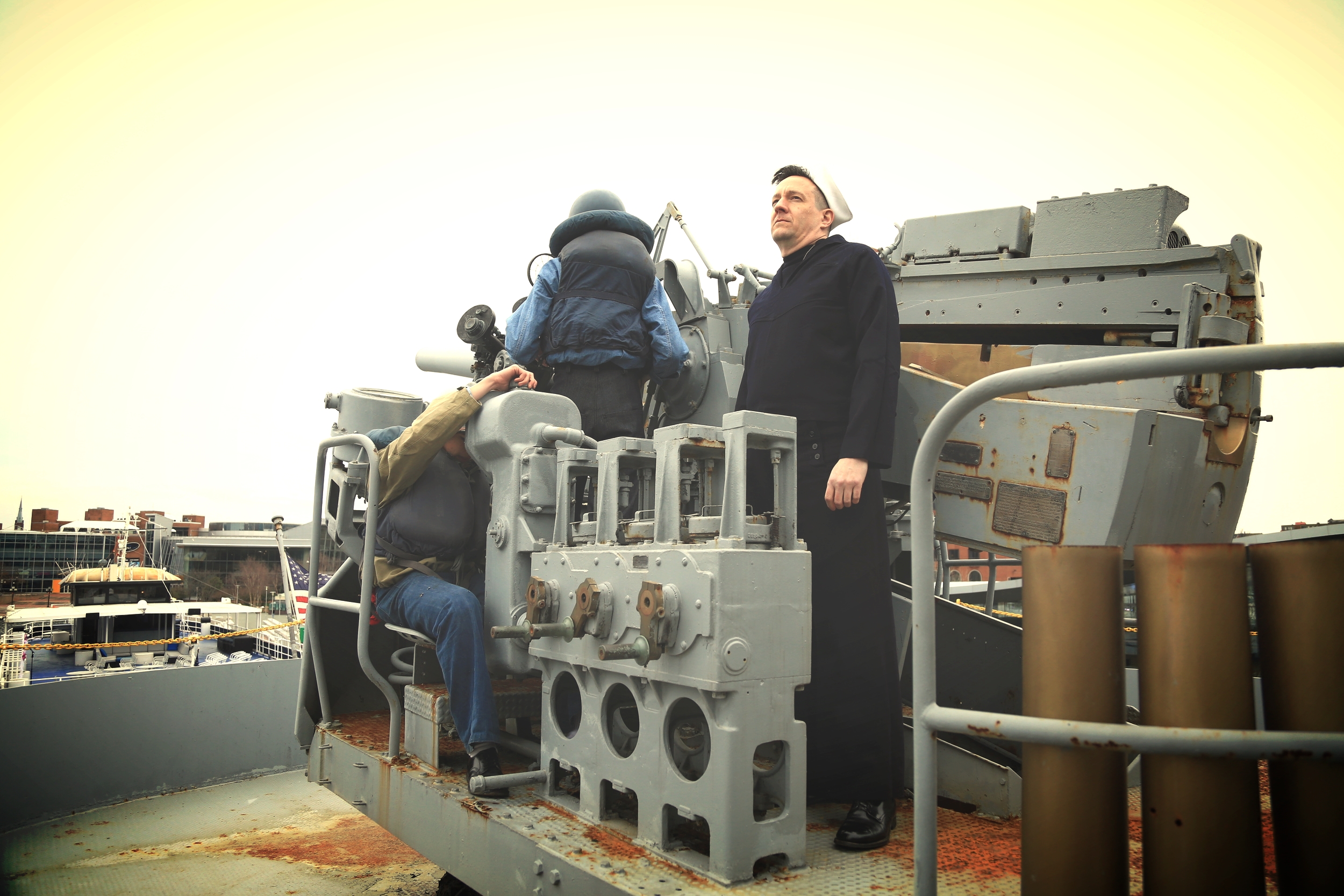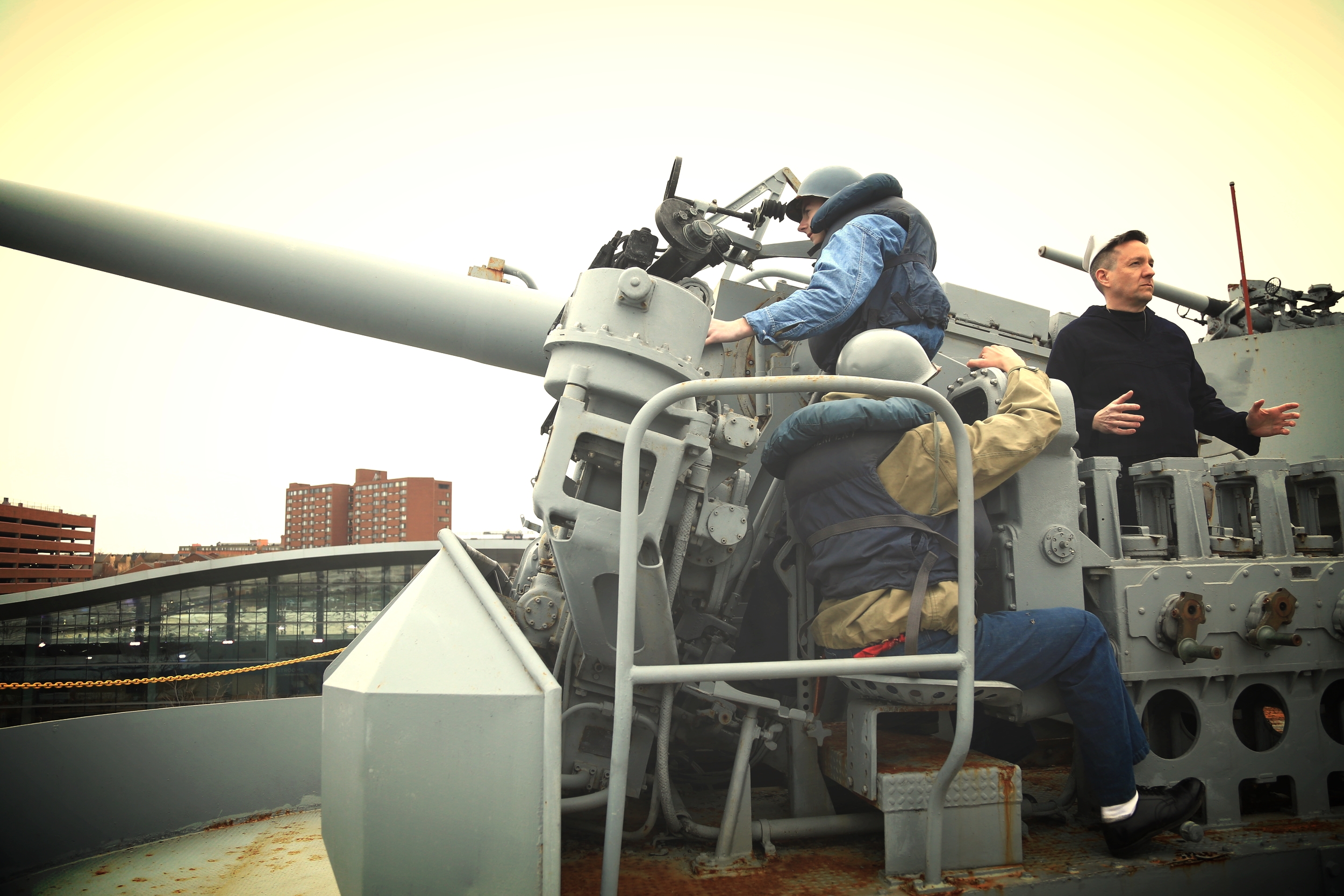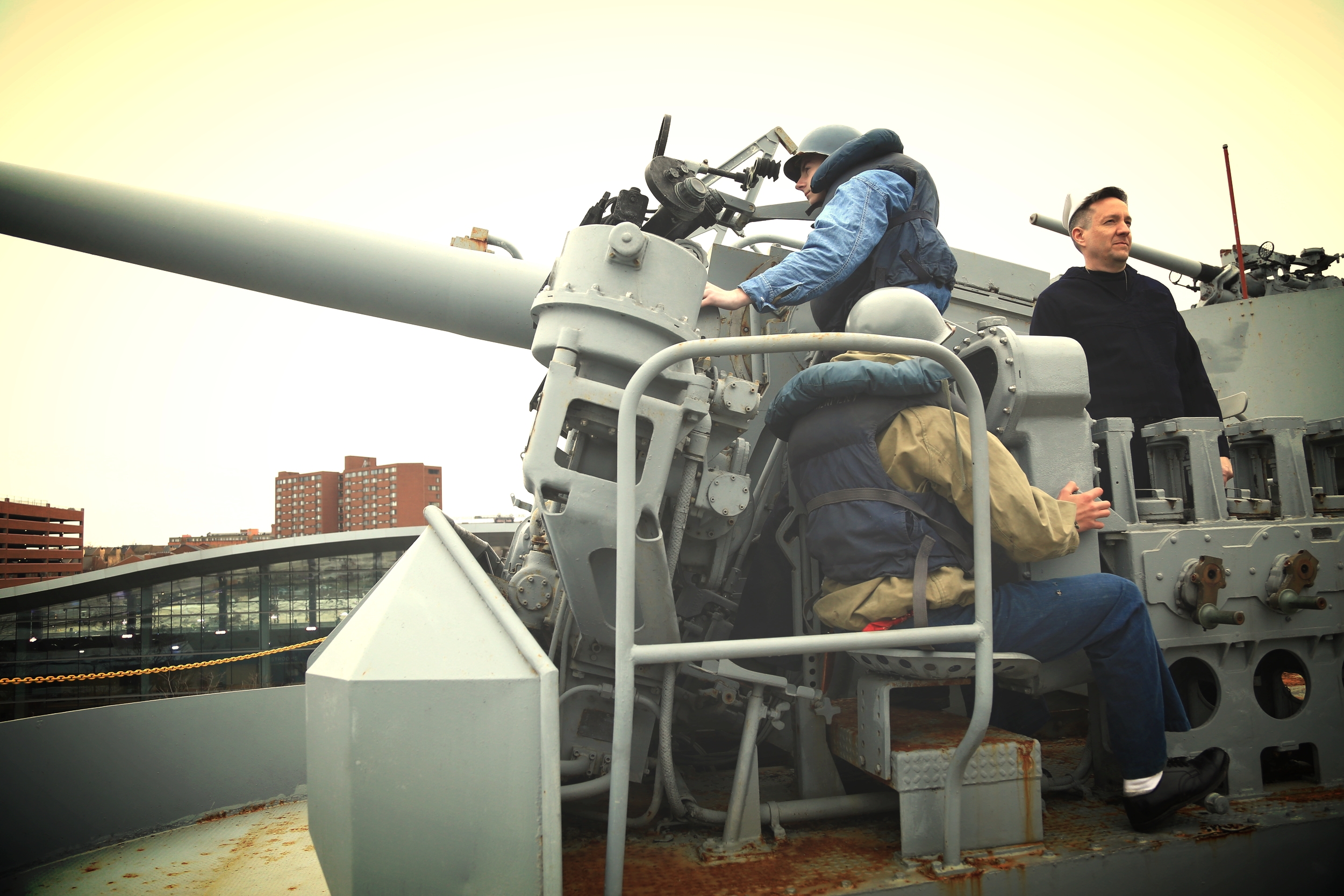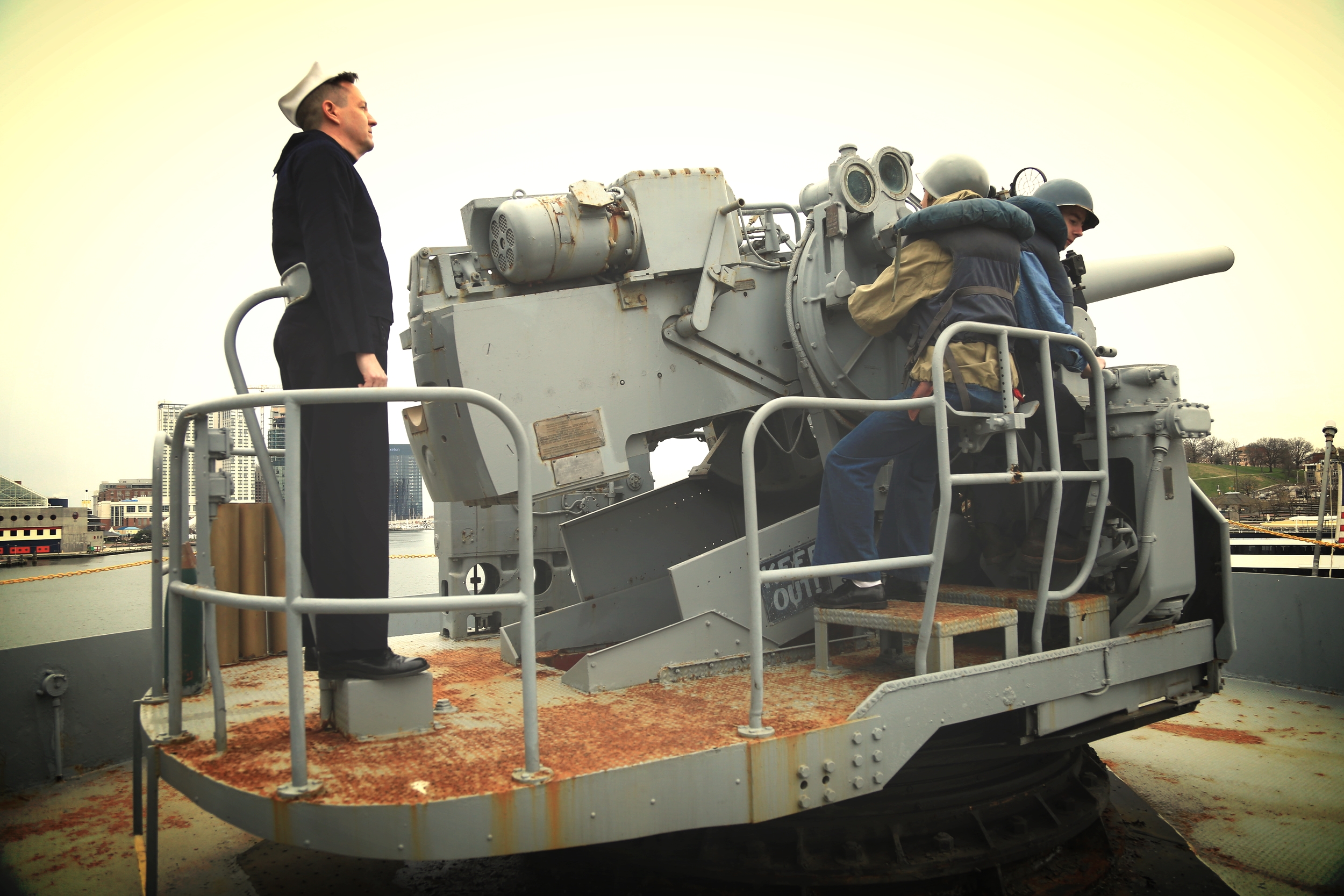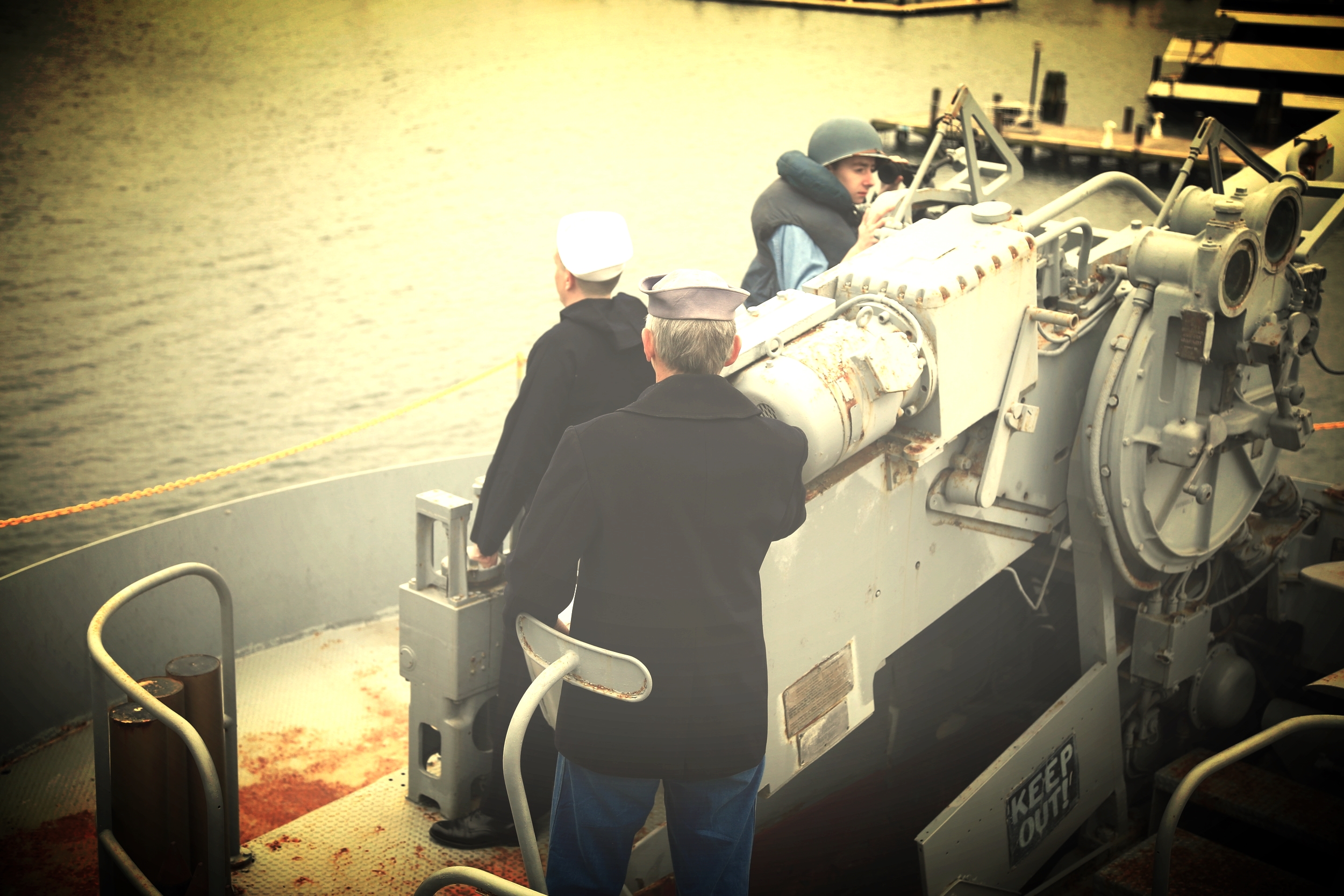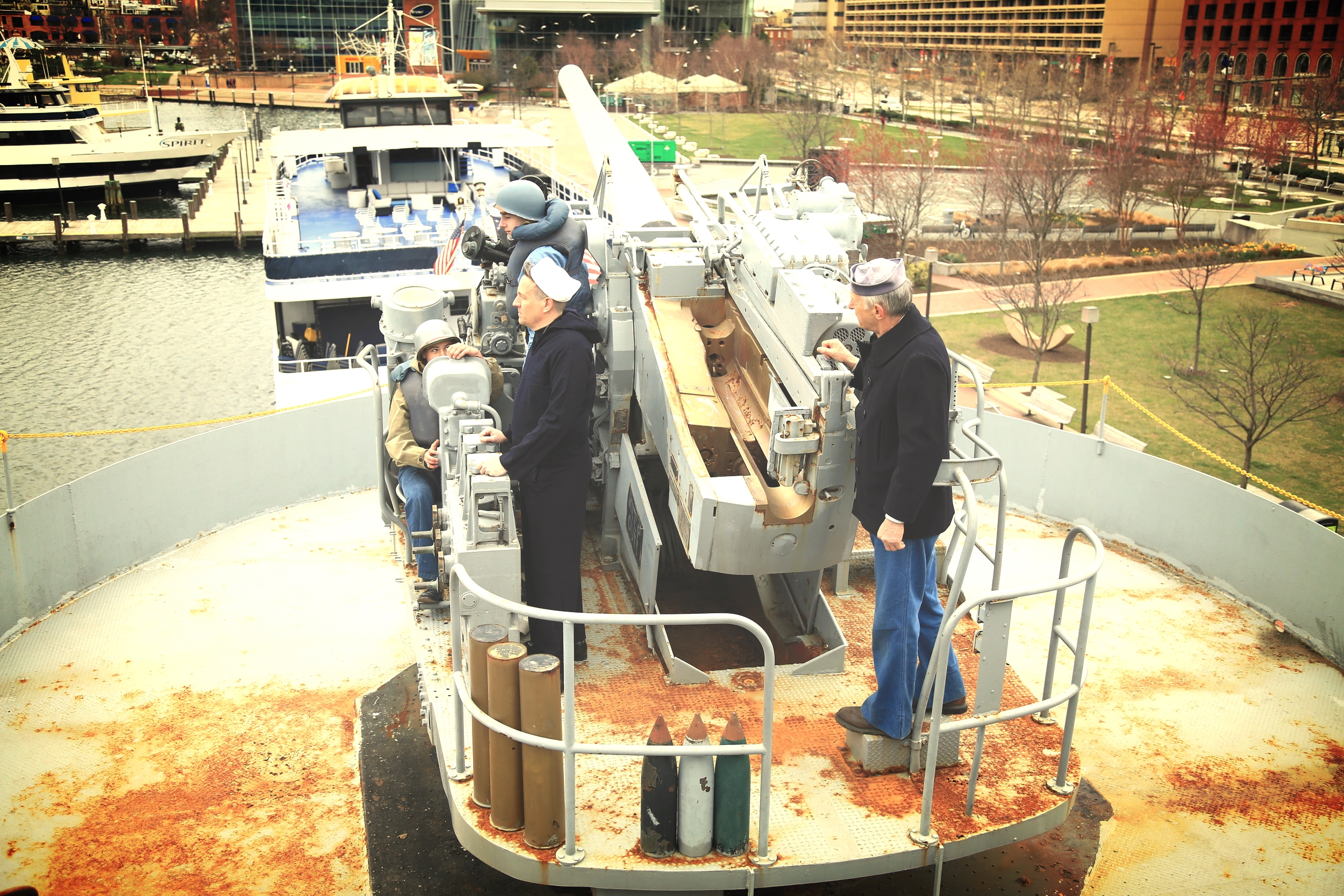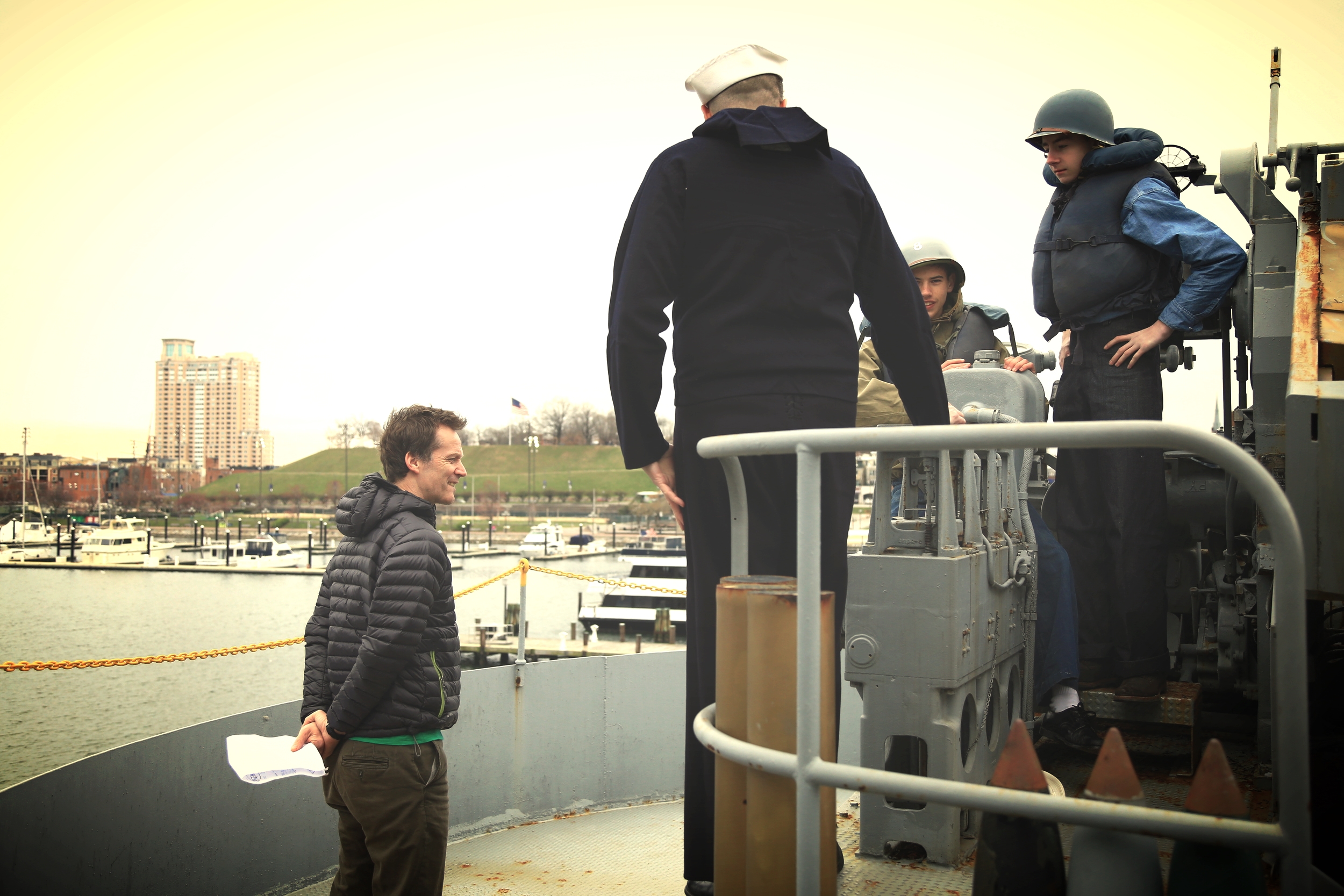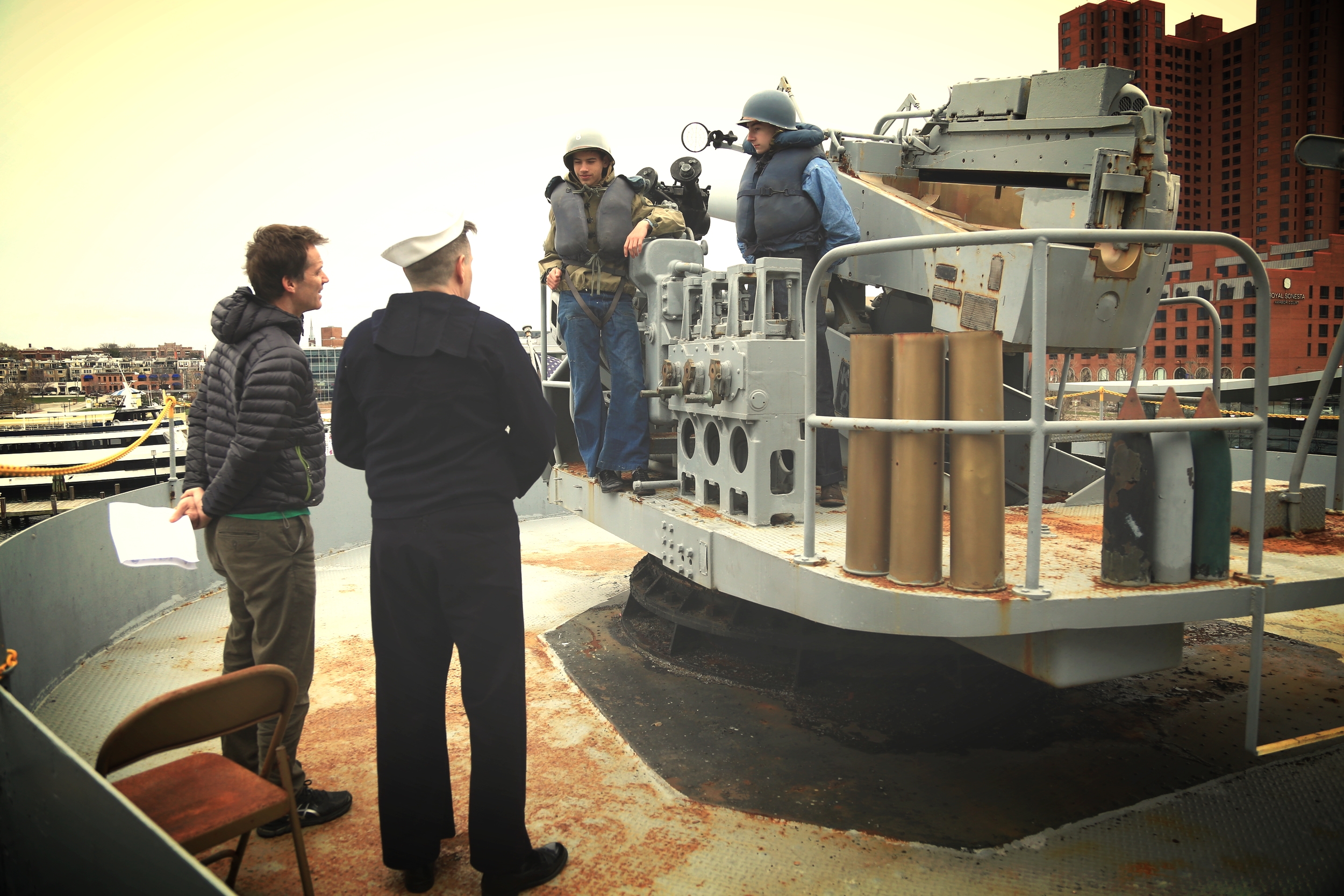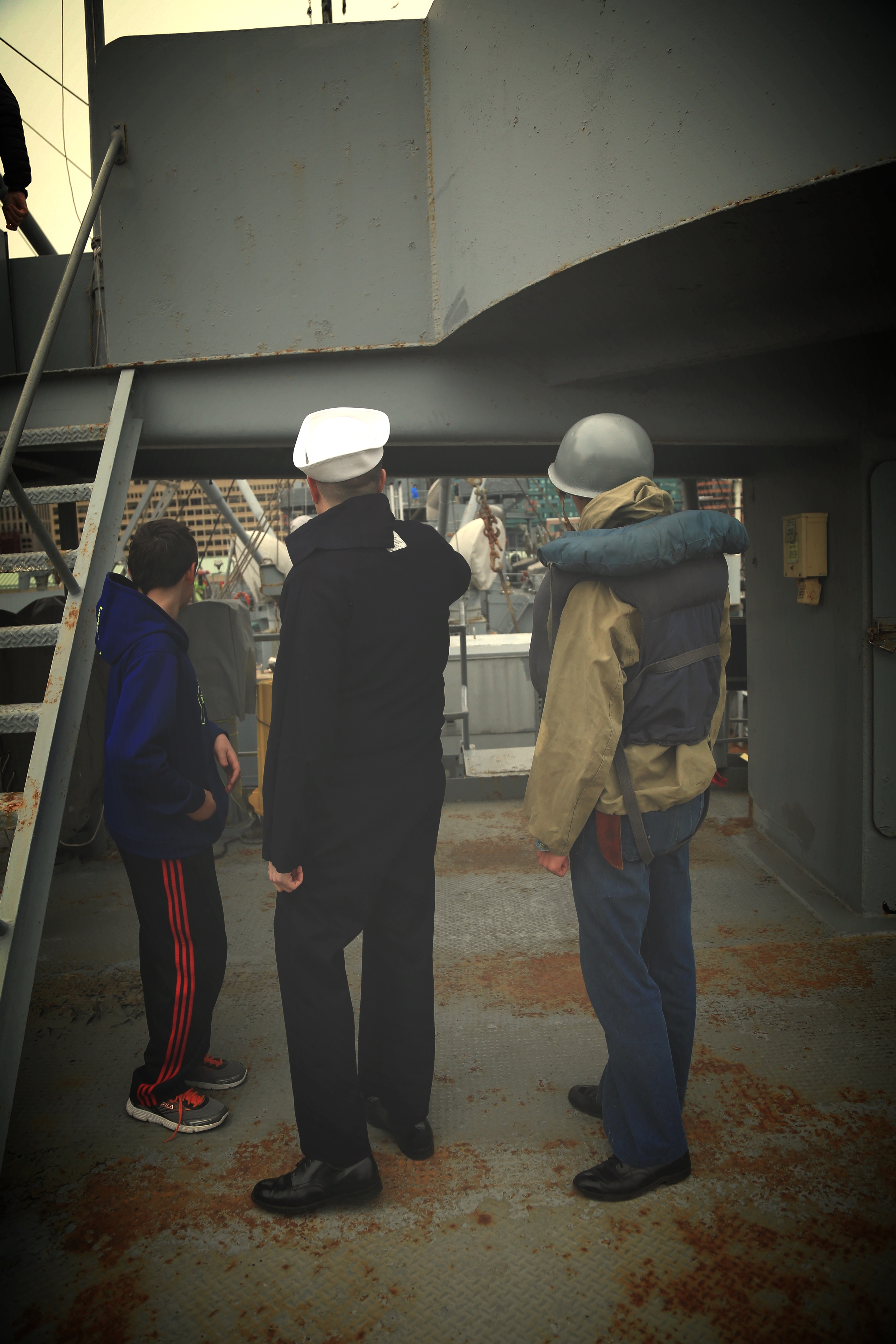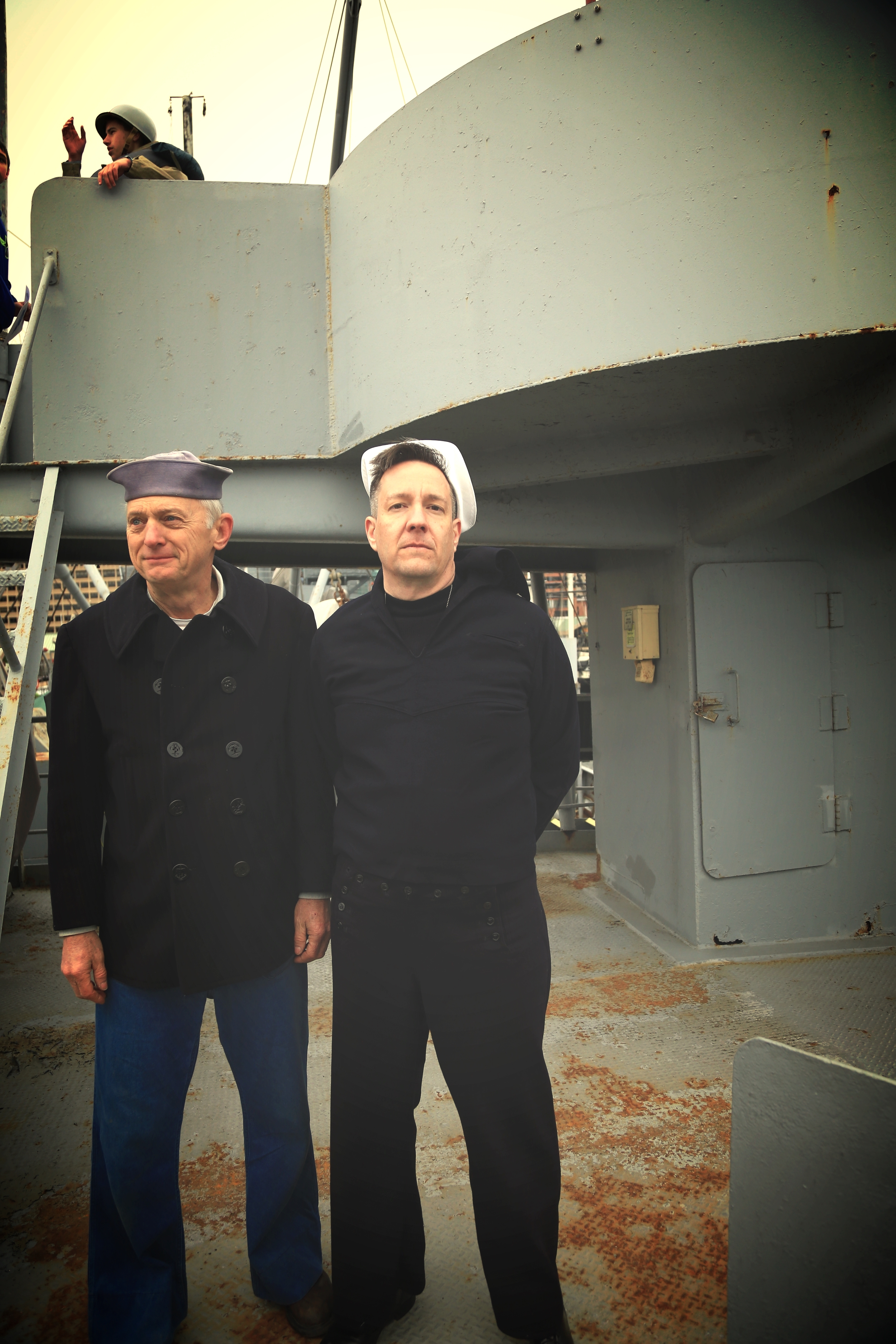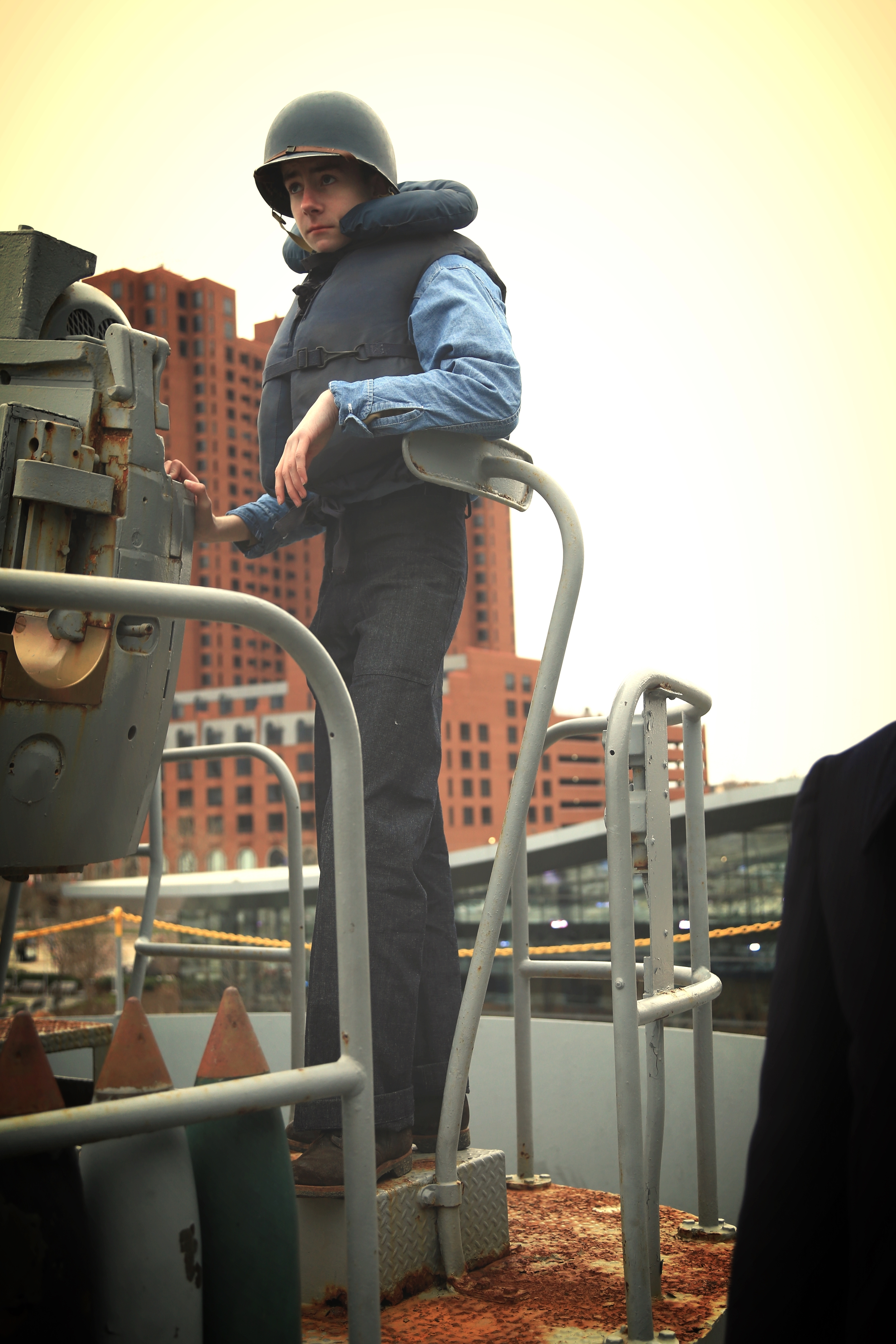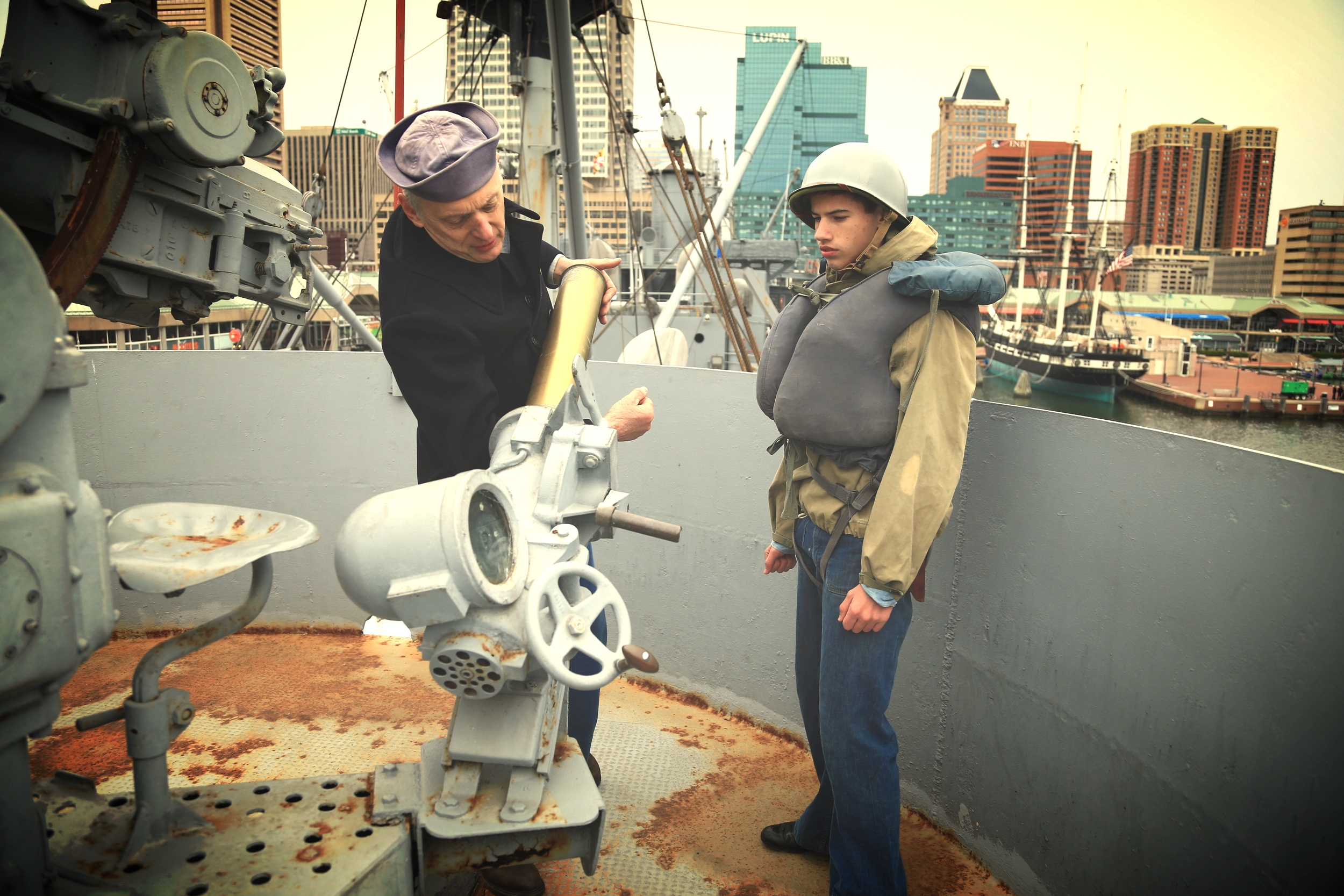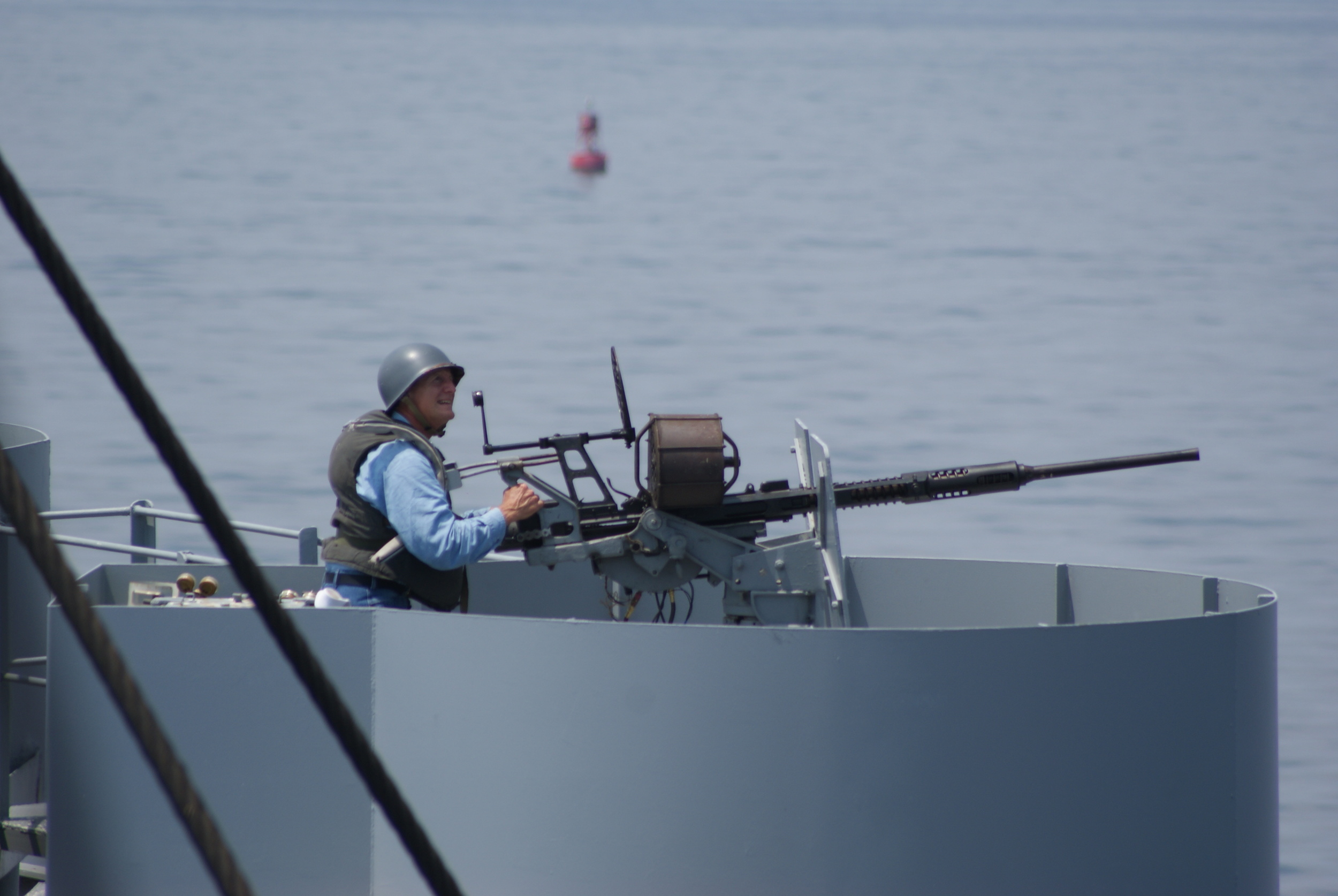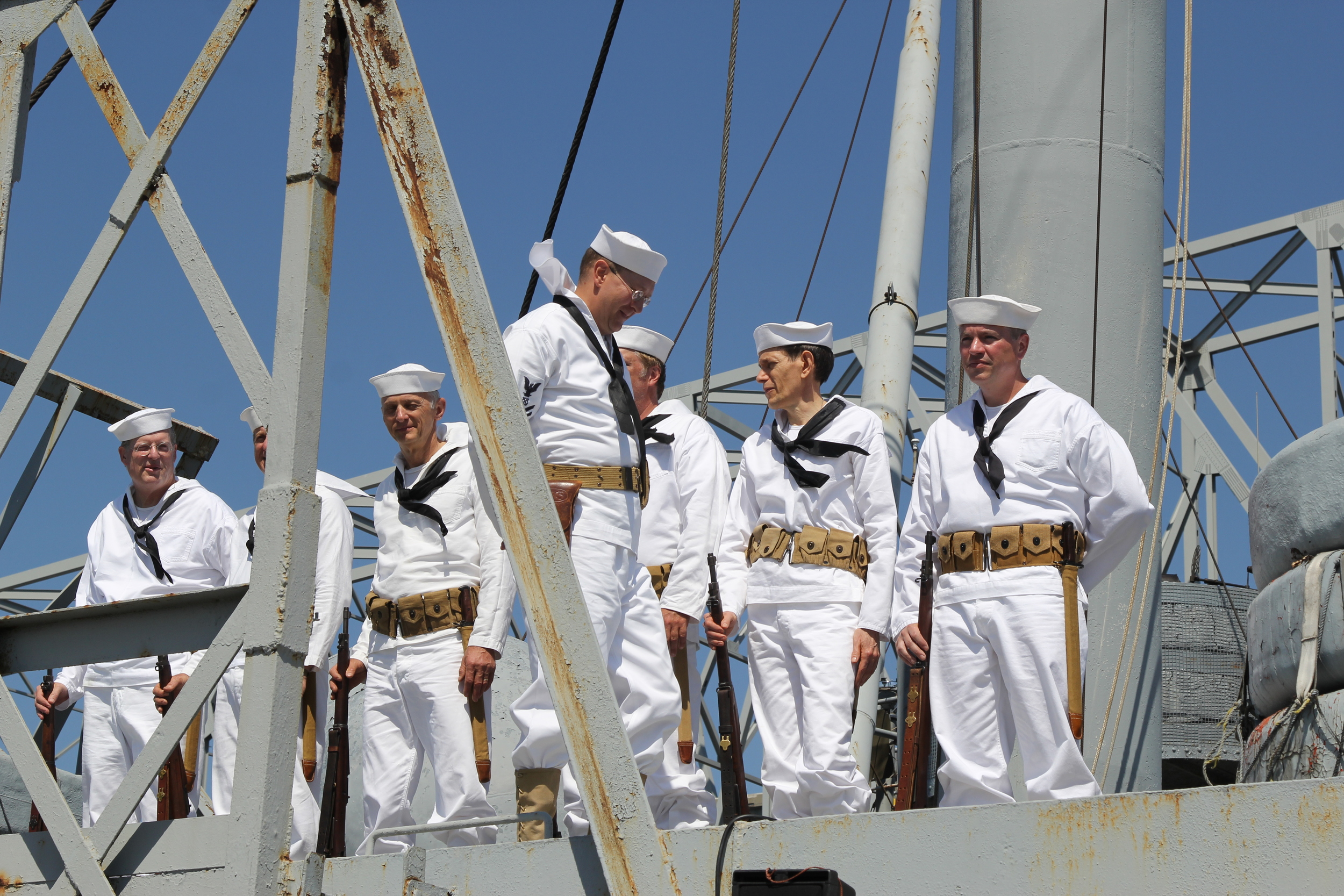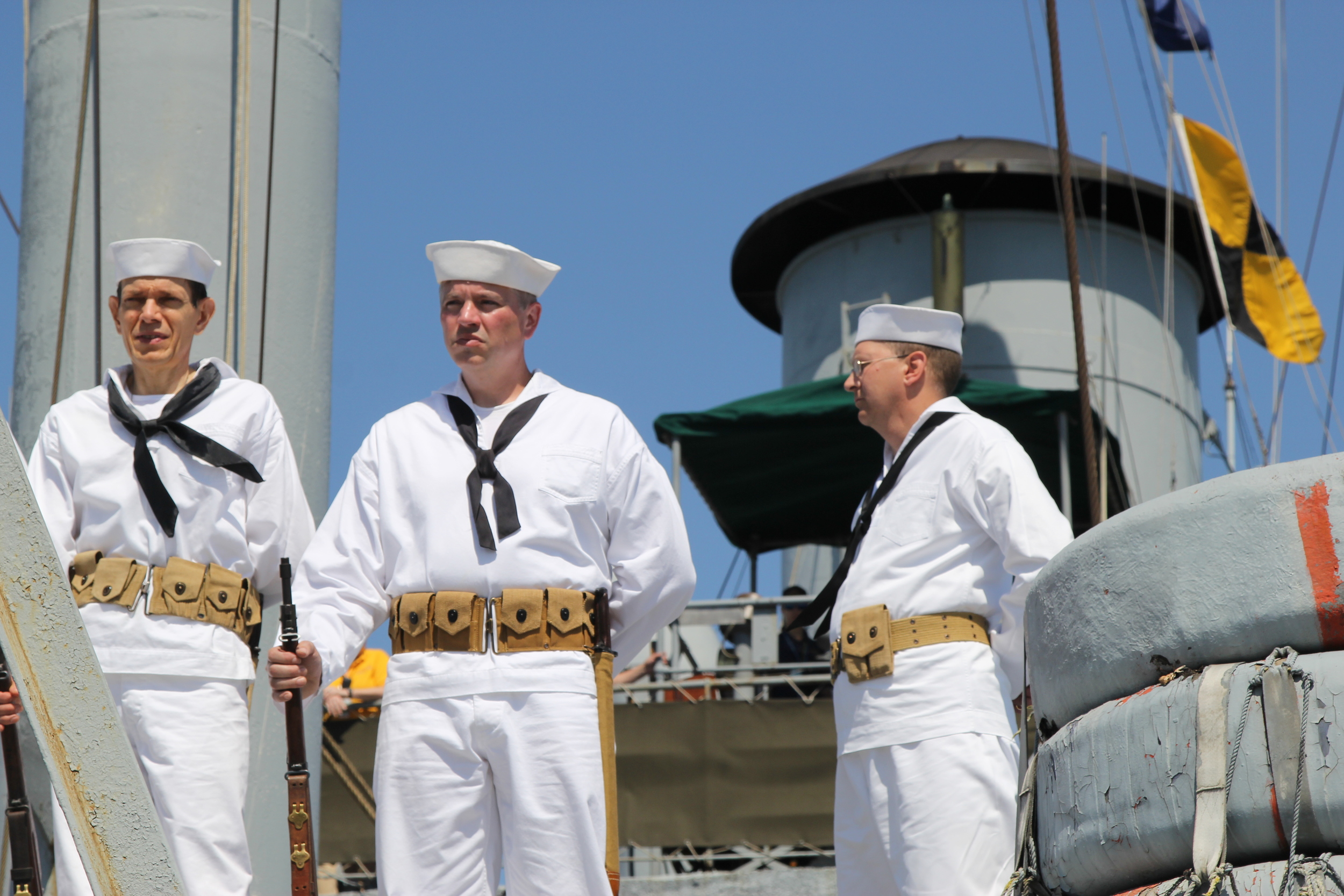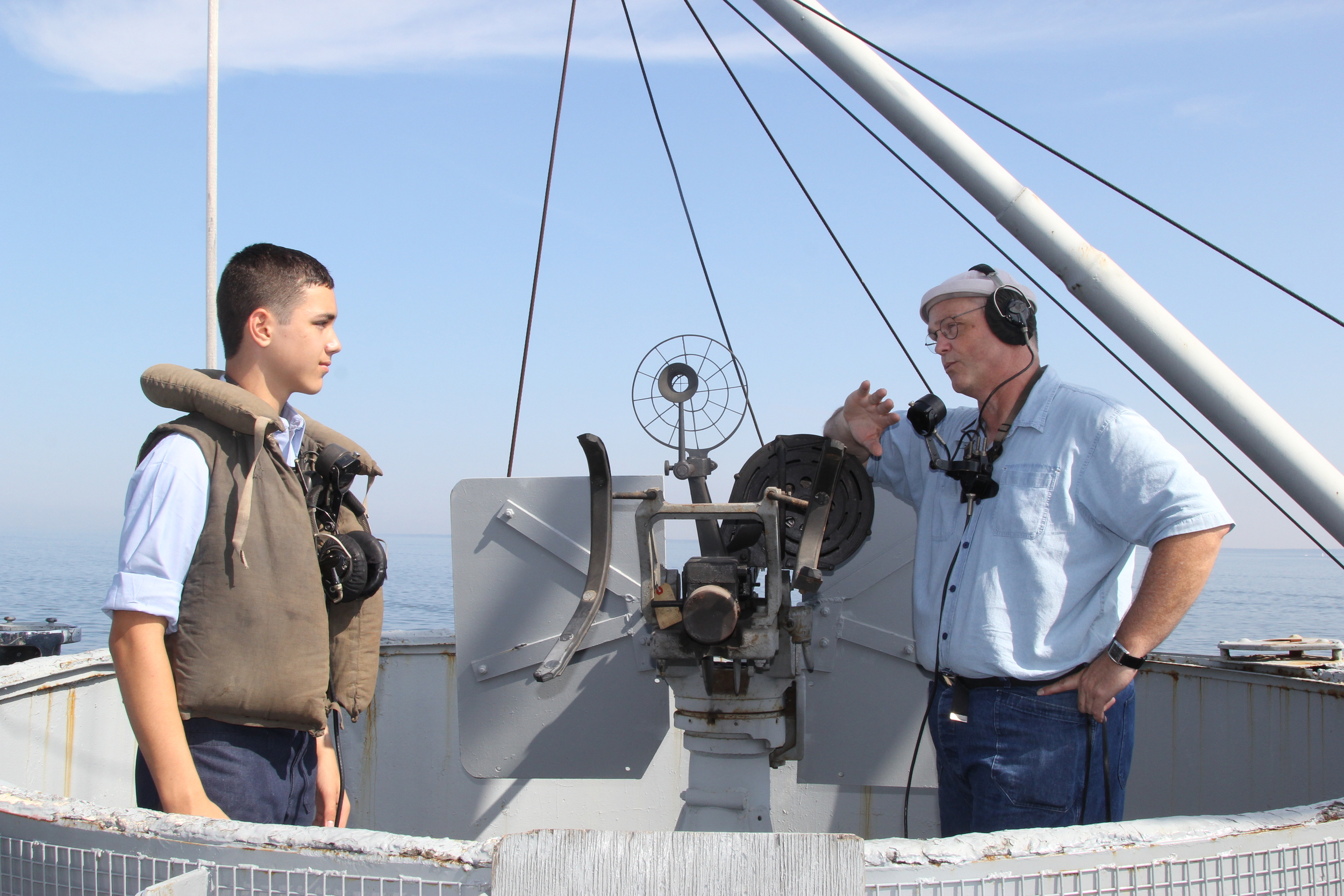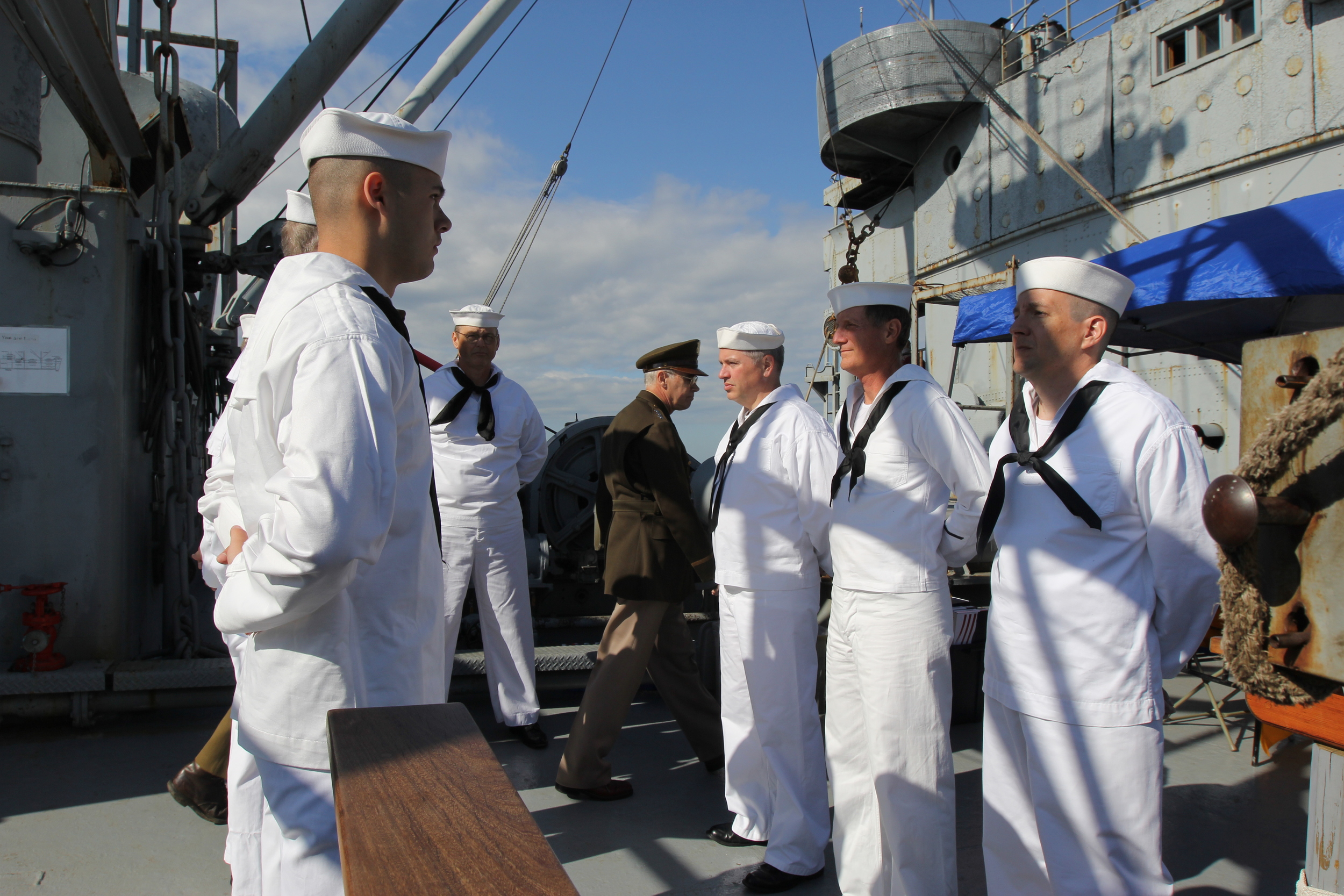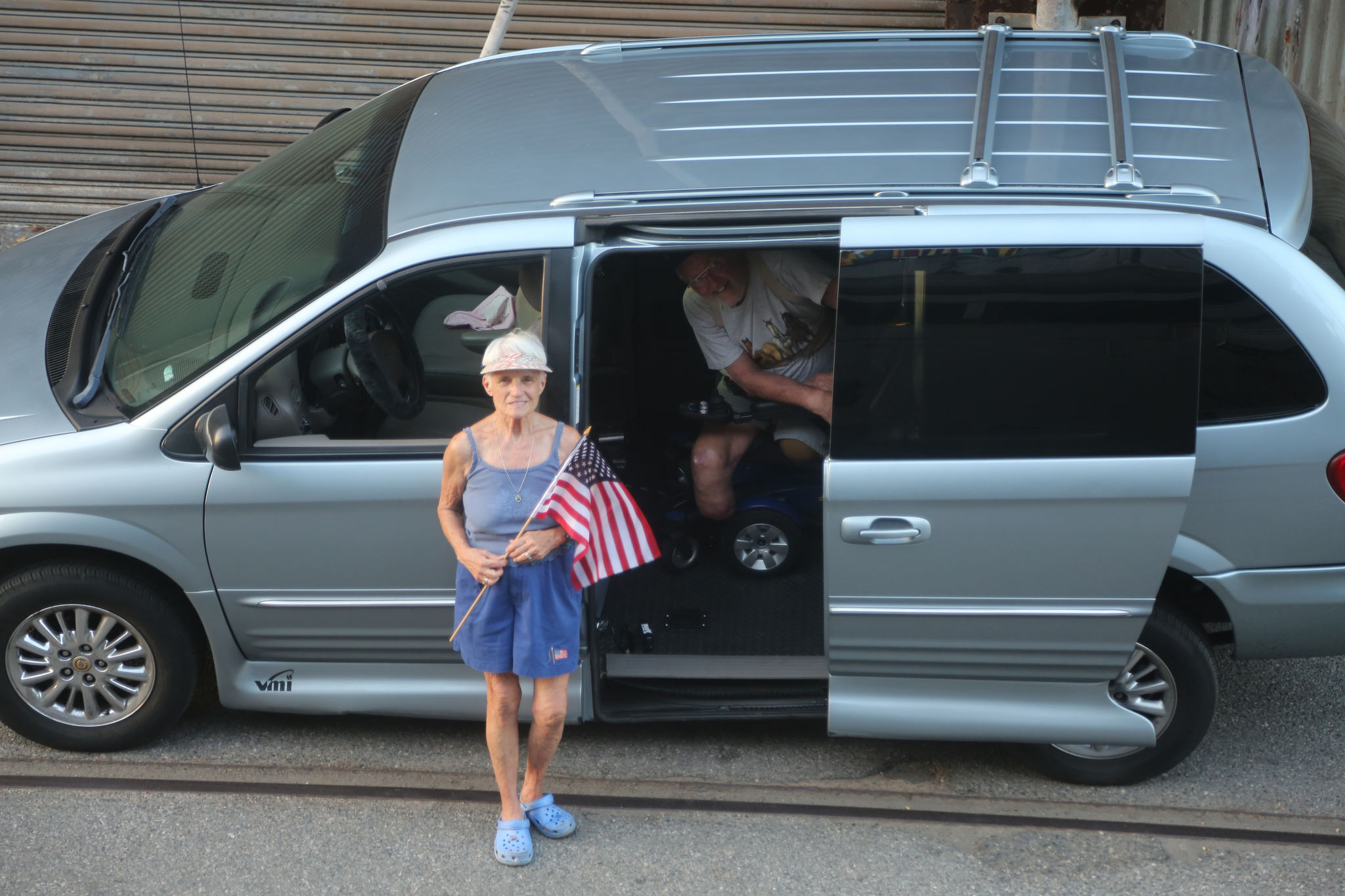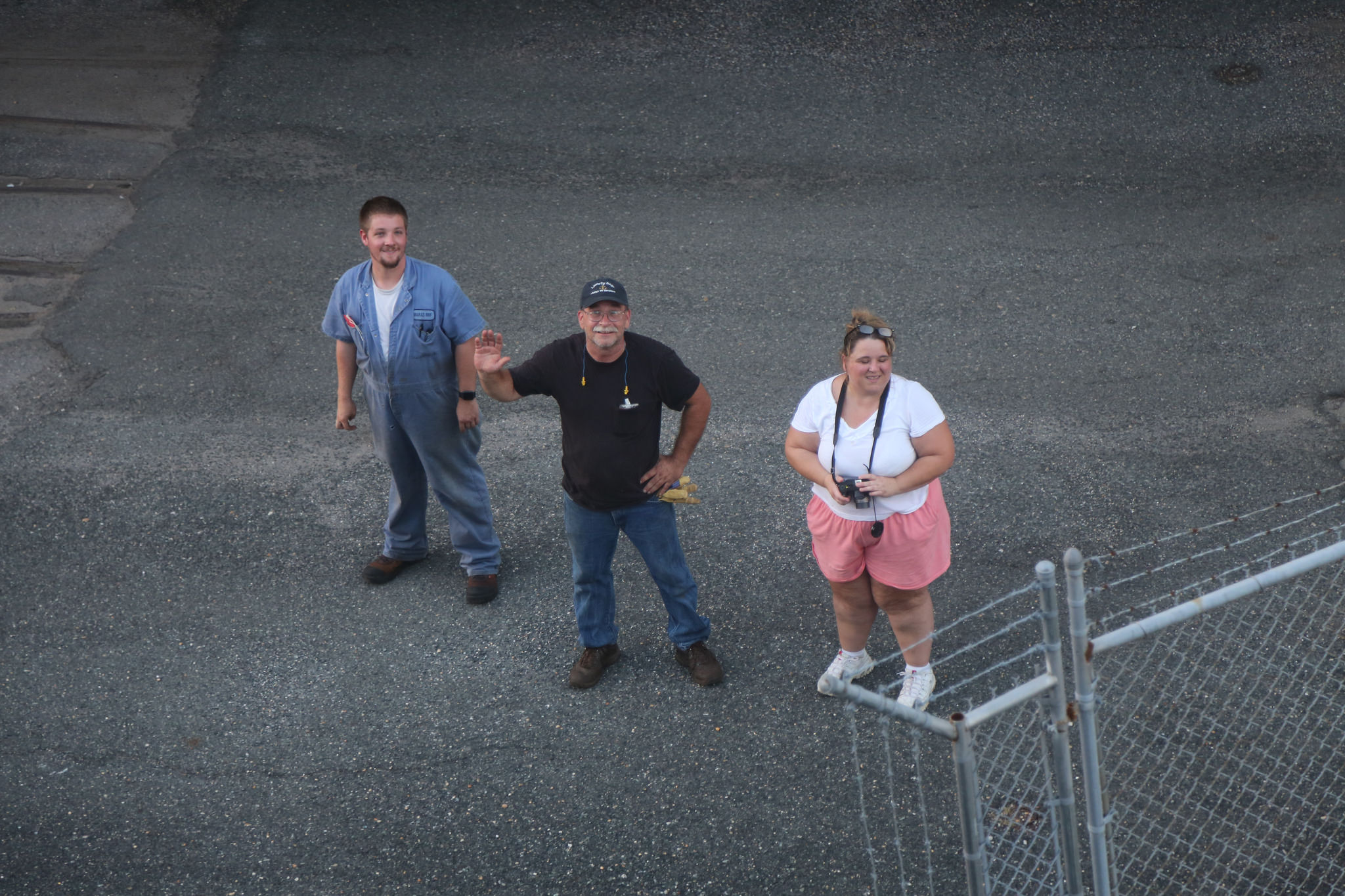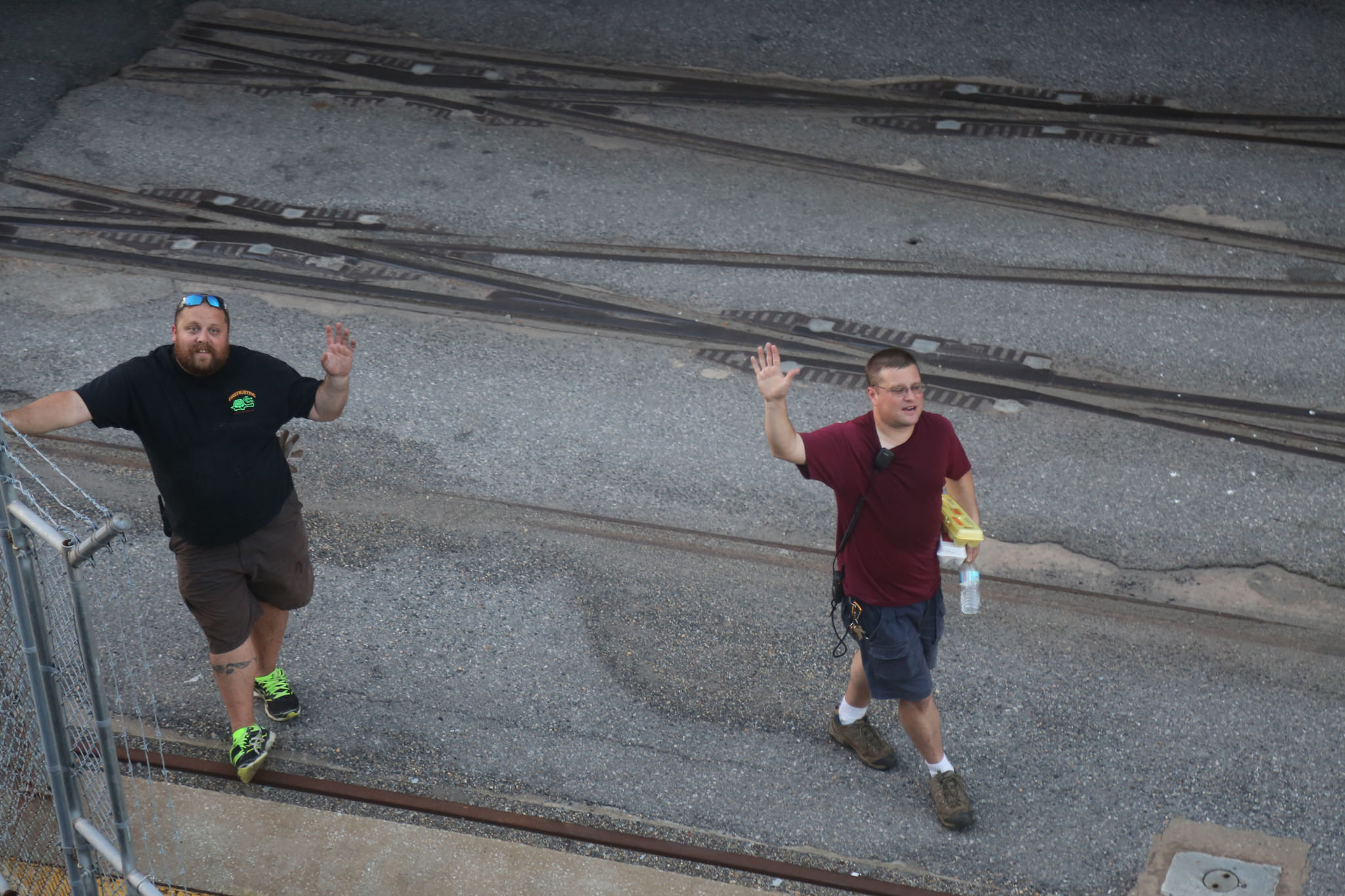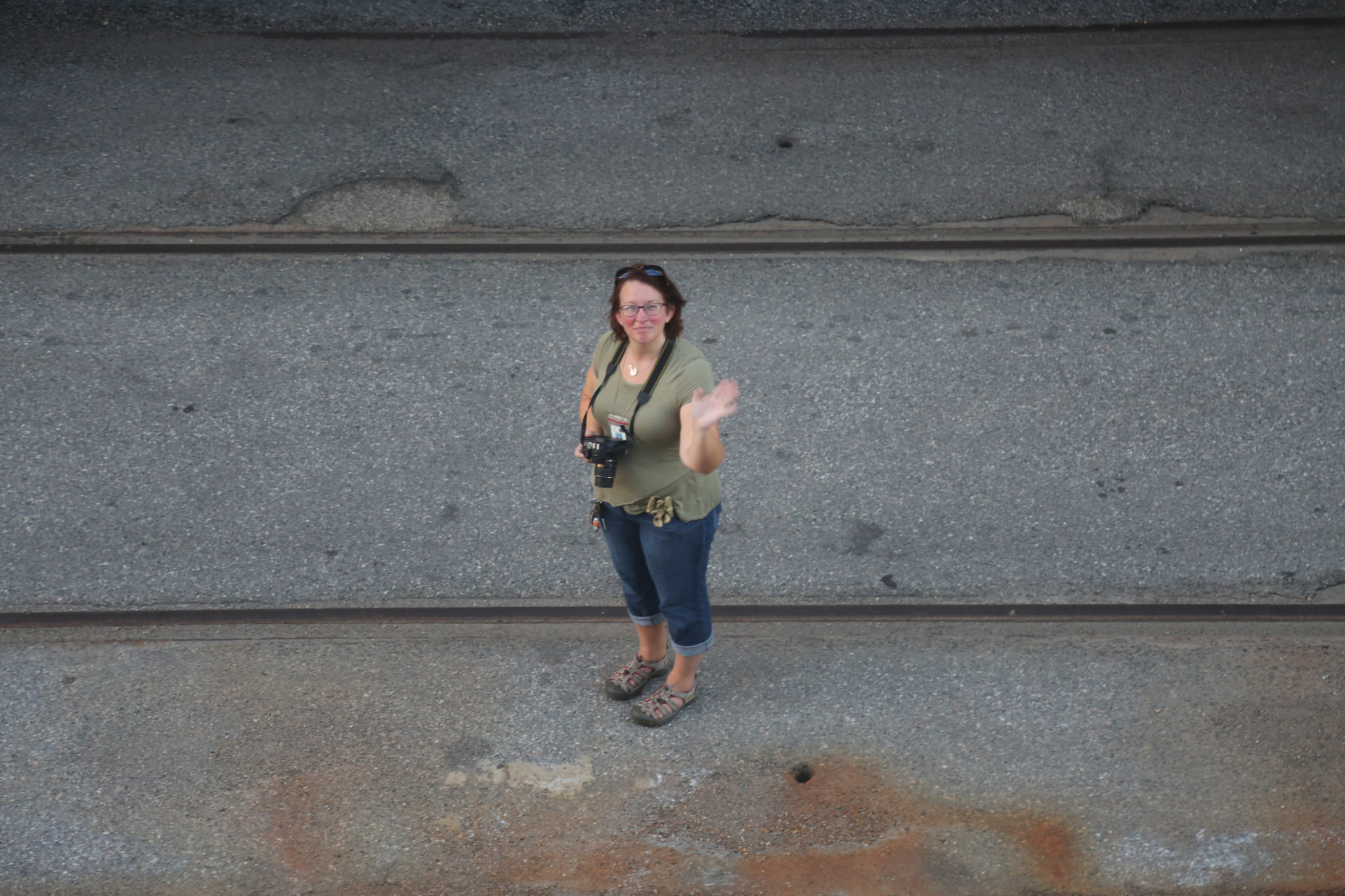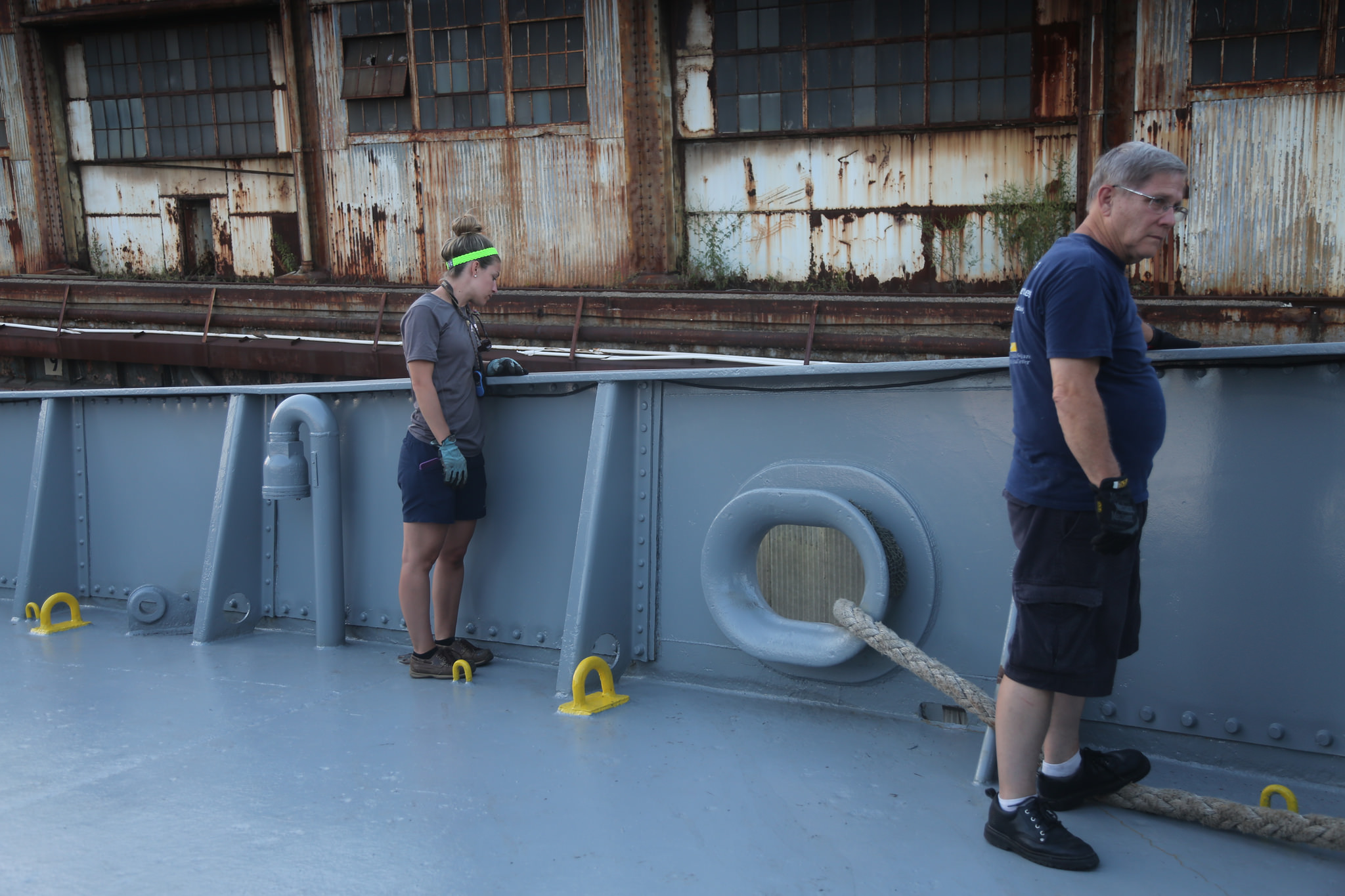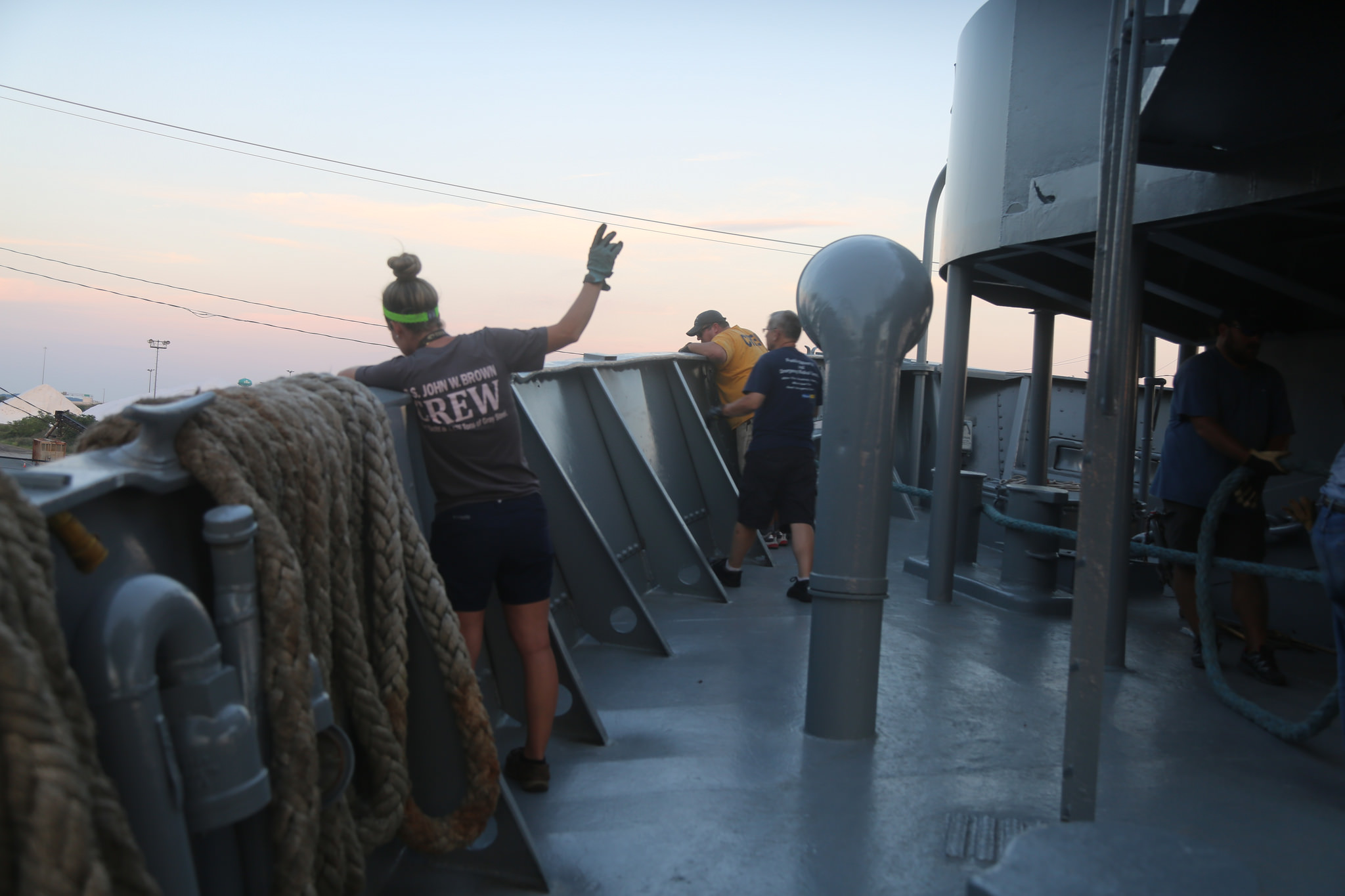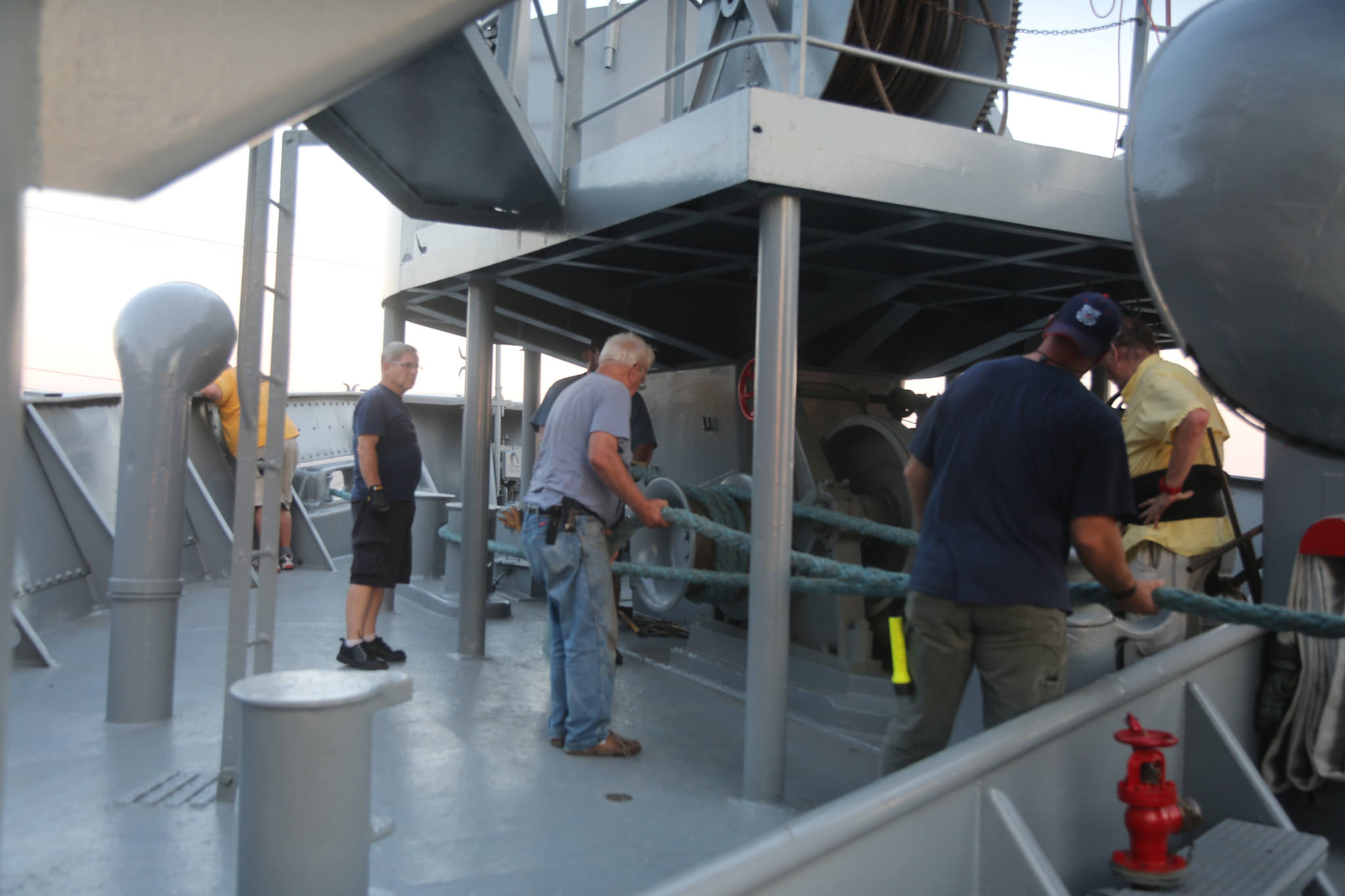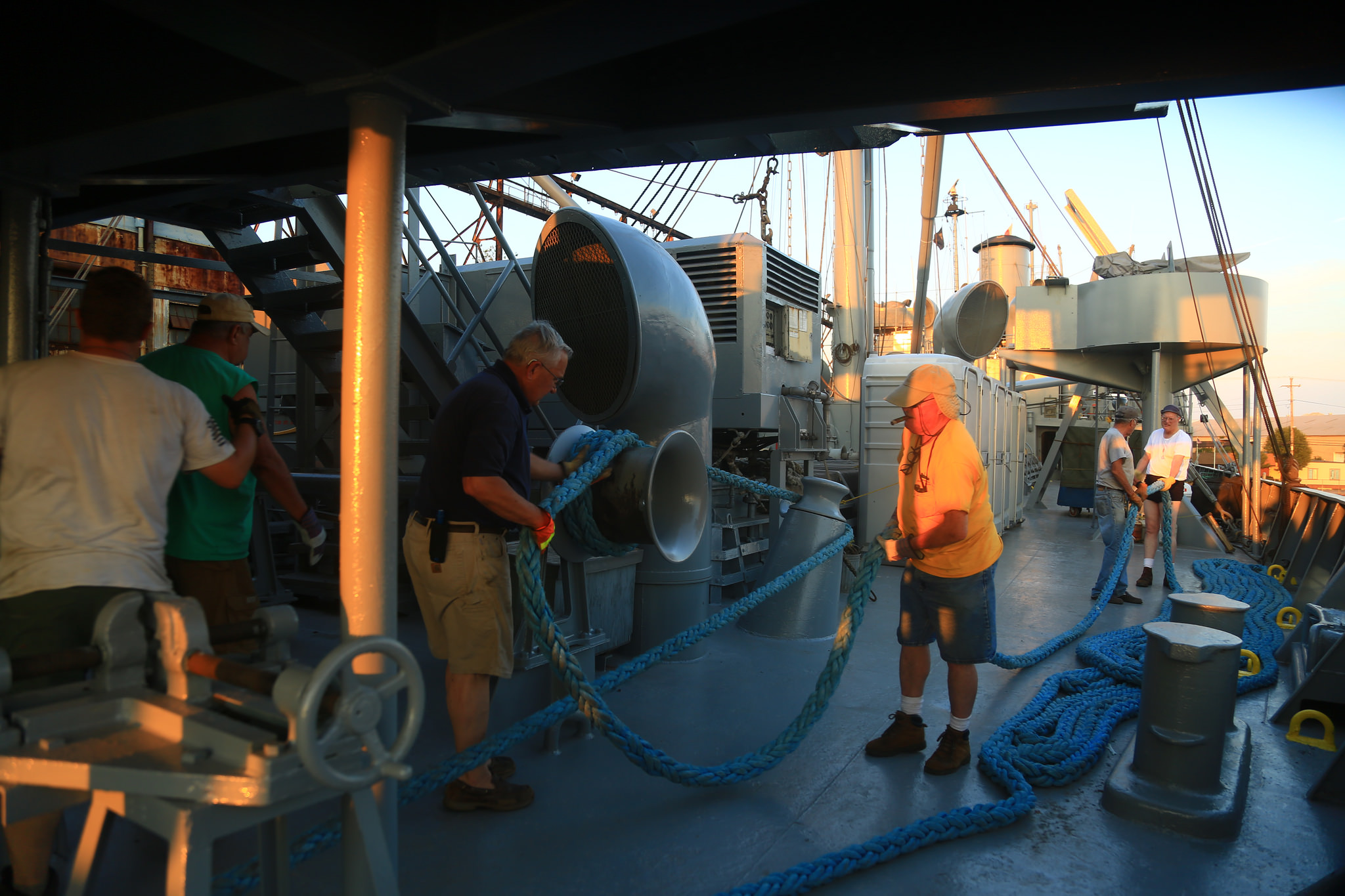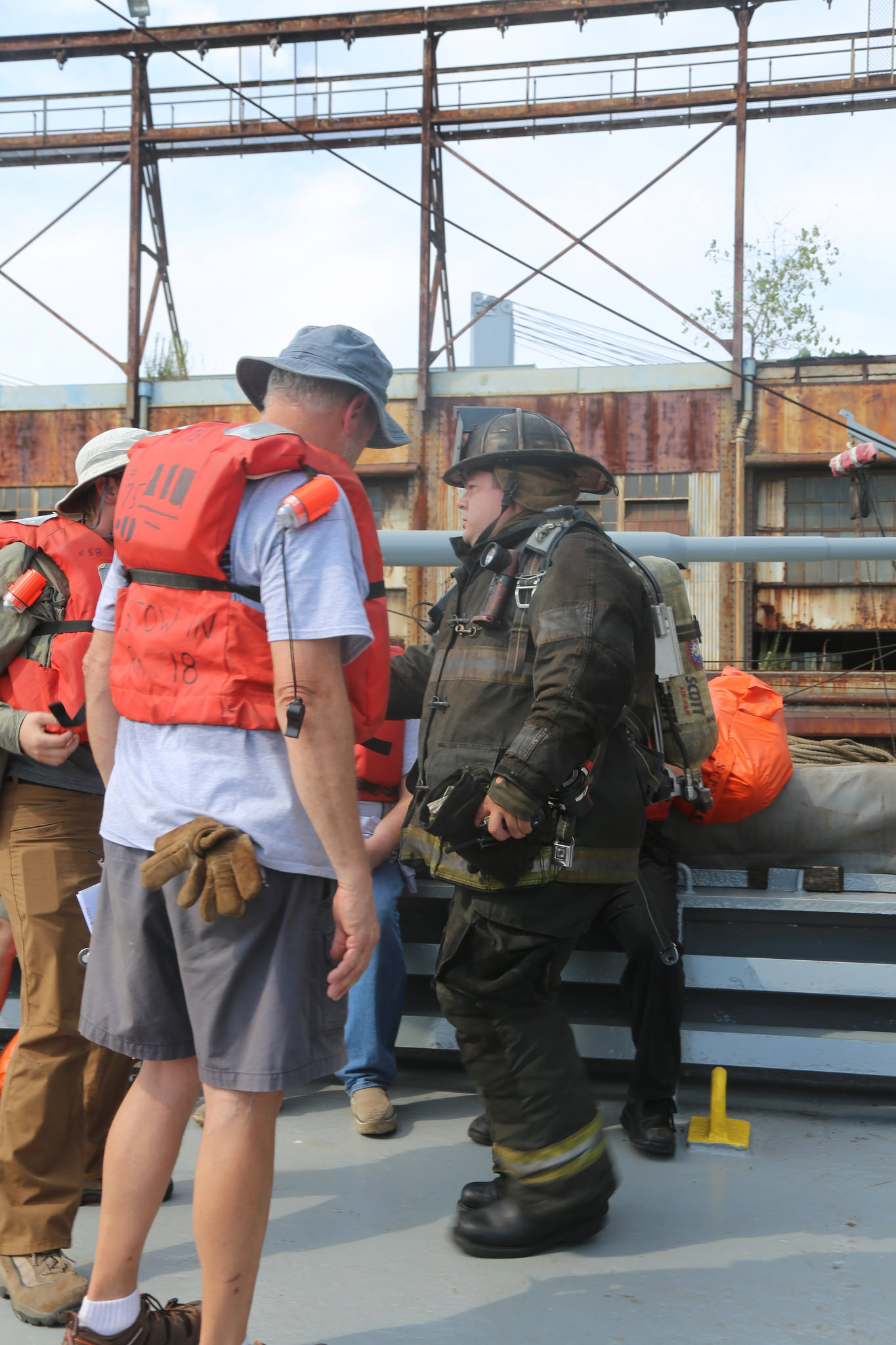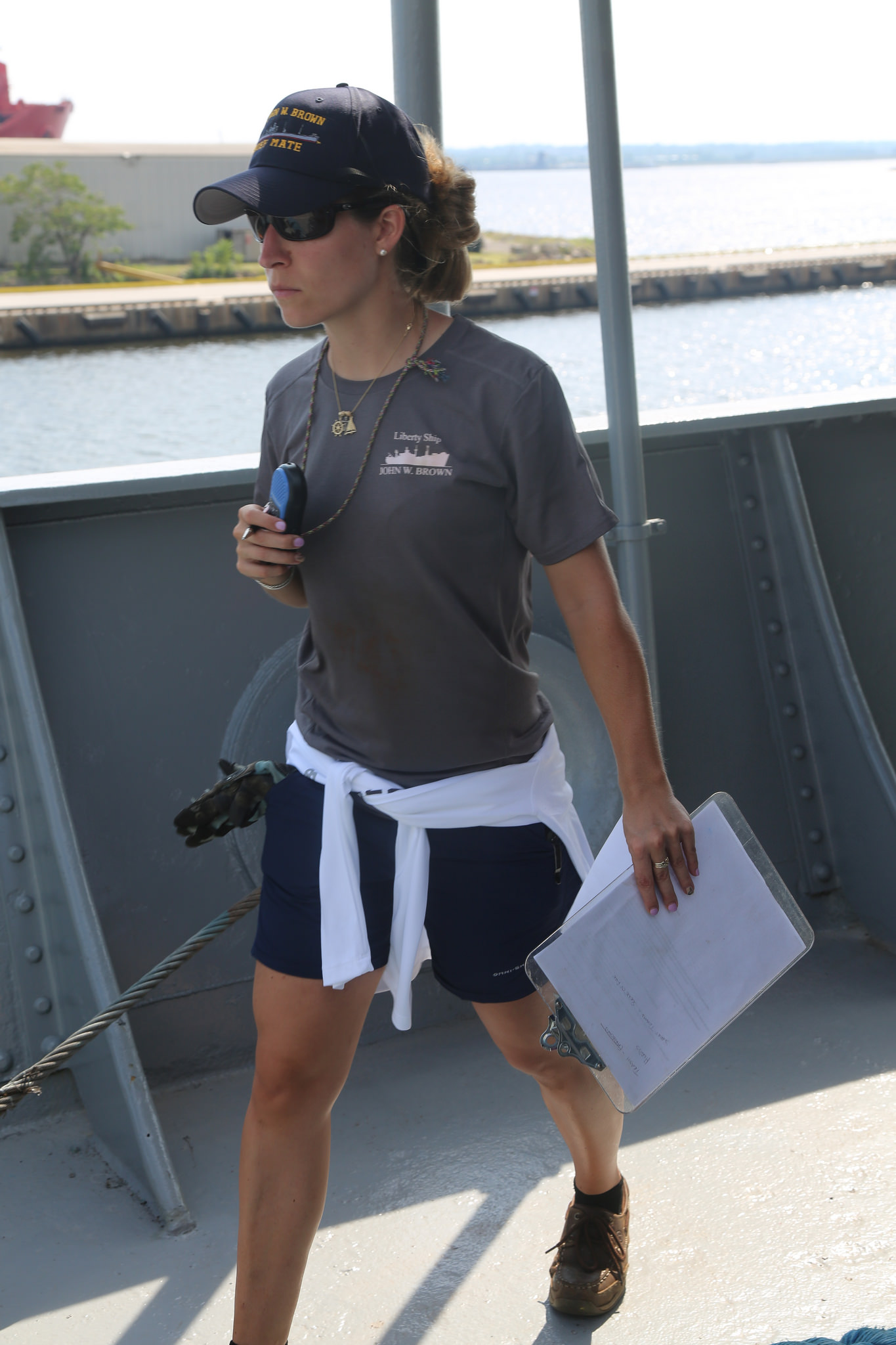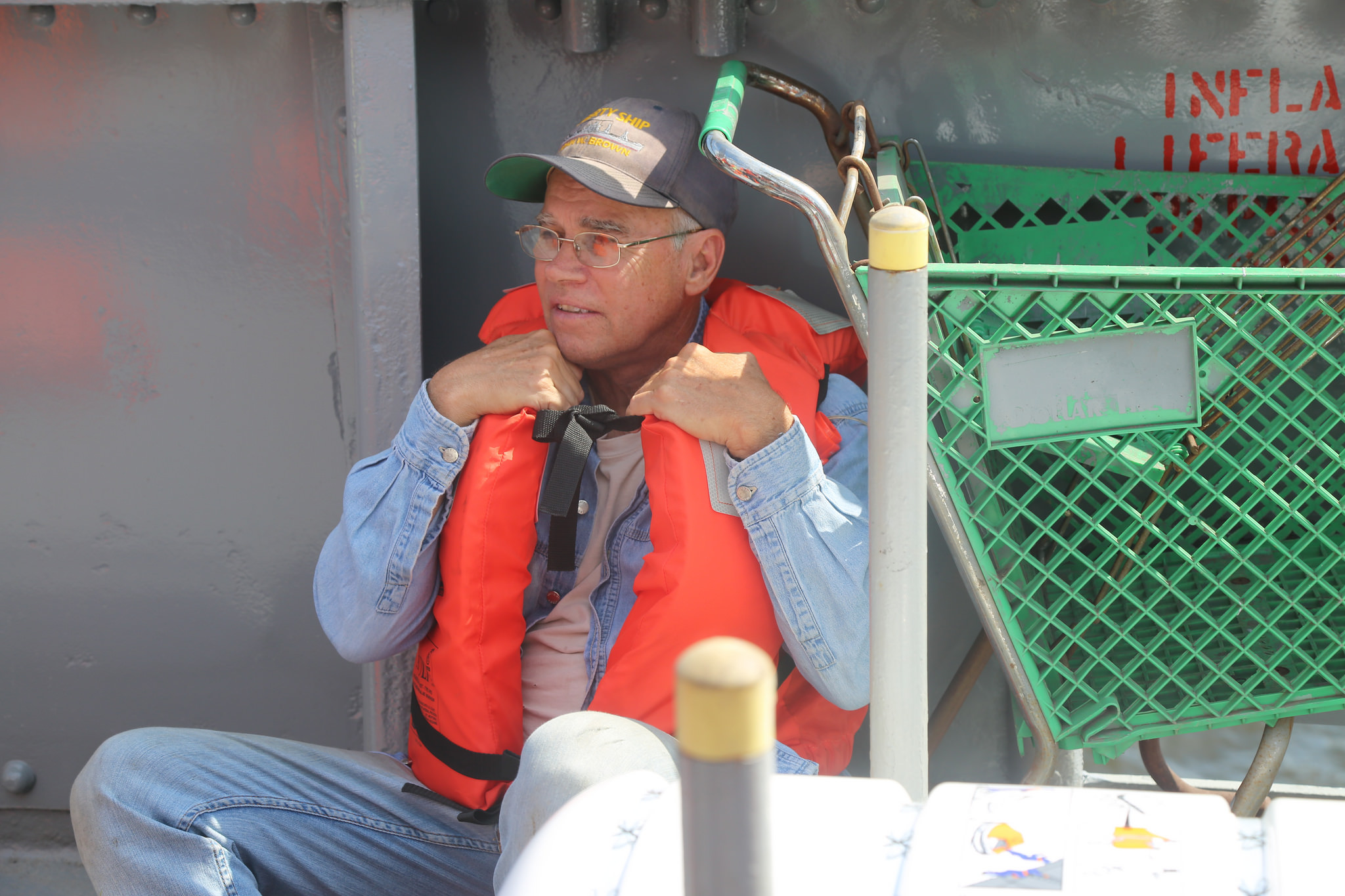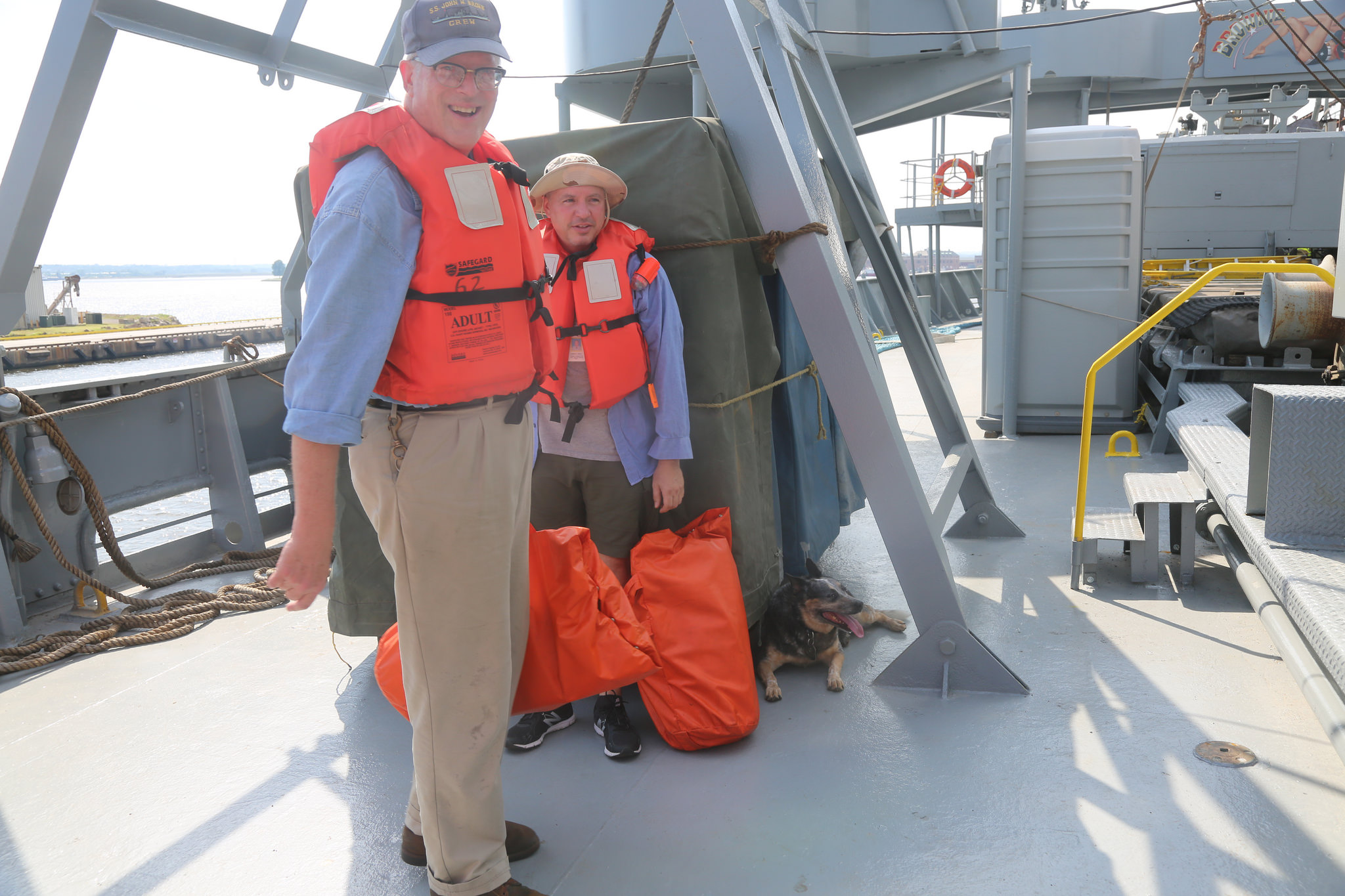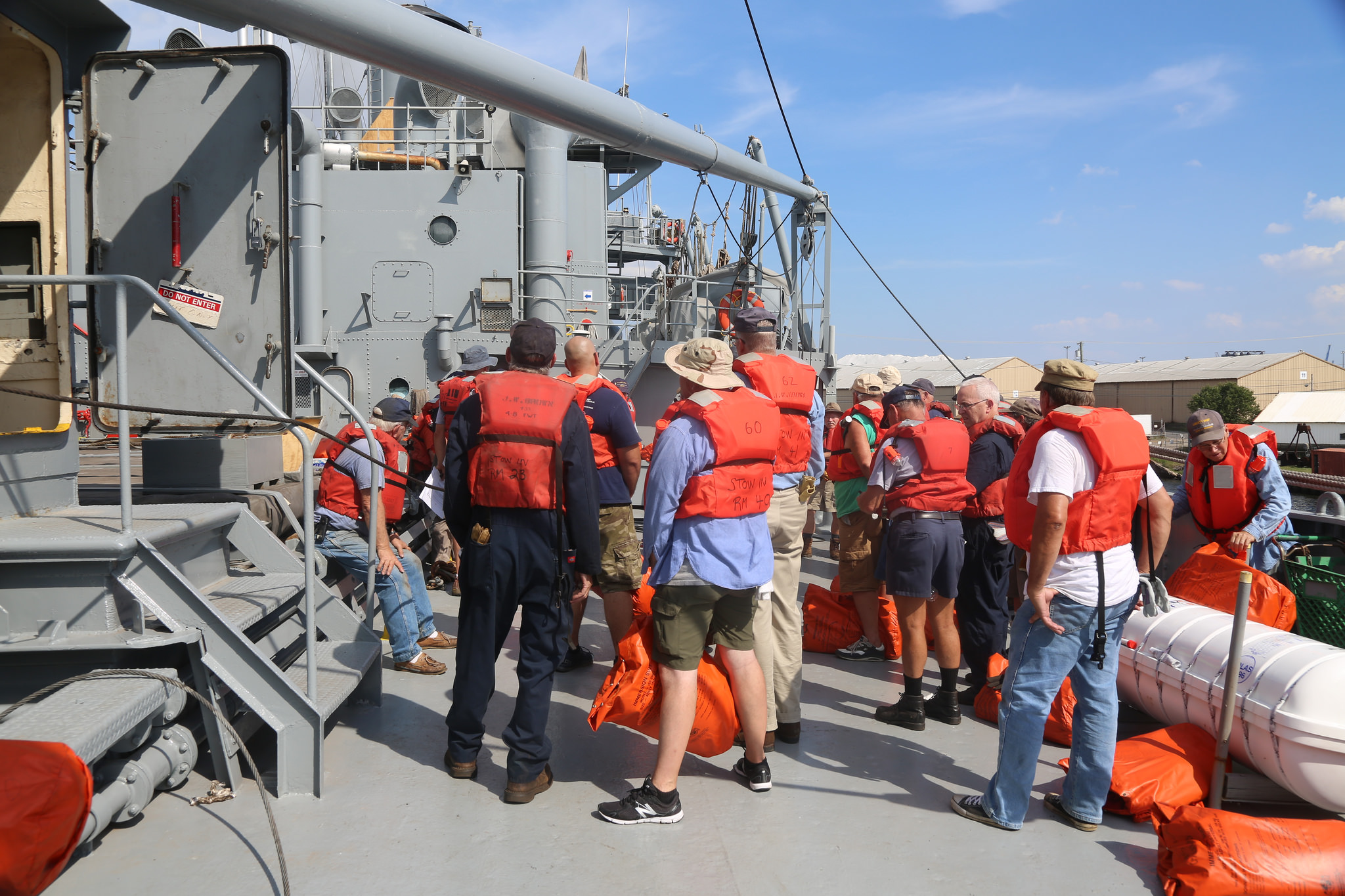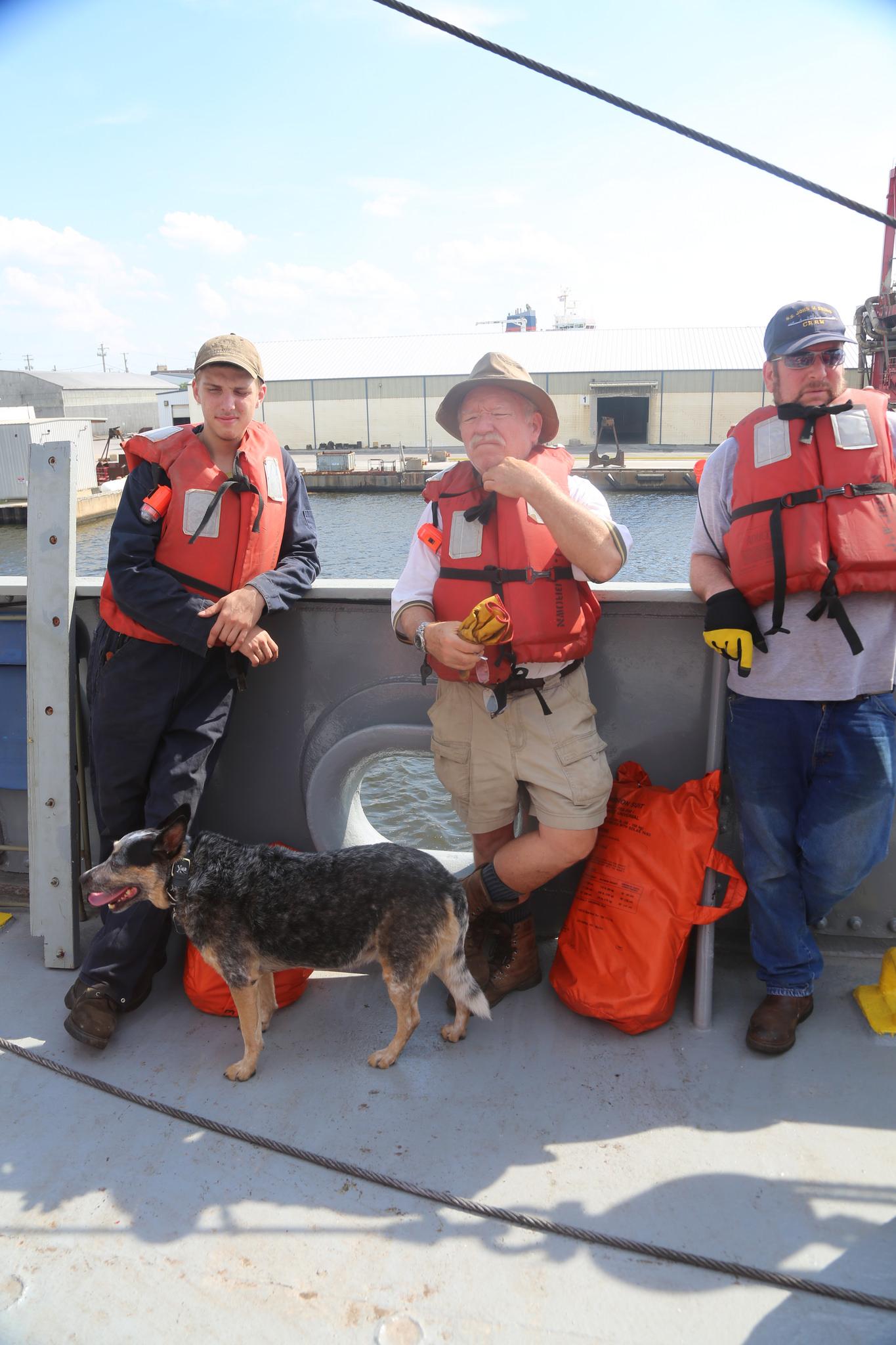Why are we writing a quick, short blog about Plimsoll's? Well, for the second time in the last 6 months, our Plimsoll glasses have gone viral thanks to social media (Facebook and Twitter). We've also been asked by a bunch of people this week alone, what 'those marks' mean. It's a very cool thing that not all of our readers actually have a maritime background. Many are relatives of veterans or mariners, others are history and museum buffs and a large number ARE those that make a living (or did, at one point) on the sea. So the timing is perfect for a quick, short history lesson.
Well, it ALL started with a politician. I KNOW, right?!?!? Sounds like a punch line or a sea story in the making. But really, Samuel Plimsoll (1824-1898) was an English reformer who is known today for his work to make seamen more safe. He wrote and spoke out against 'coffin ships'; ships that were over insured, over loaded and were very likely to be unseaworthy and dangerous. The Plimsoll mark/Plimsoll line is also known as the International load line. As that name suggests, 'ole Plimsoll created such a stir, that this mark that was placed on cargo ships was seen to be common sense and needed not just by the English, but internationally. The British Merchant Shipping Act of 1875 set the stage for the International Convention on Load Lines in 1966 to place a load line on the hull of cargo ships to show the safest levels a ship can be loaded to while still being safe.
Polly: "O, Dear Jack! I can't help crying, but I'm so happy to think you're not going in one of those dreadful ships!"
Jack: "No, No, lass - never more - thanks to our friend Master Plimsoll, God bless him."
John Tenniel, The Coffin-Ships, Punch Magazine (1873)
SO, what does it all mean, for those of you that don't know? What does AB mean, for instance? AB refers to the registration authority, and AB is the American Bureau of Shipping. You will also see on ships LR (Lloyd's Register), NV (Det Norske) or RI (Registro Italiano Navale) just to name a few.
The science of the other initials you can see in the above image, is that the temperature and salinity of the water that the ship is in, actually determines how deep the ship should safely be submerged. Warm water is less dense than cold water (so there is less buoyancy) and fresh water is less dense than salt water. So for today's blog you got some history and some science. Ta da!! Wait..are you still awake? We didn't help you fall asleep, did we?
A huge thanks to Matthew Abbott for this shot or our Plimsoll. Check out his photography page on Flickr HERE.
So if you are looking for a cool gift for yourself or someone you love, check out our online store and the types of merchandise we sell. All of the profits of the store go directly into the maintenance of this WWII Liberty Ship and as we are always being told "these Plimsoll glasses are too cool!" Here is the link to them directly, and have a cold refreshing drink on us!! ;)
Until our next blog, have a great week!
Project Liberty Ship, Inc is a 501(c)3 non-profit, all volunteer organization engaged in the preservation and operation of the historic ship JOHN W. BROWN as a living memorial museum. Gifts to Project Liberty Ship are tax deductible
